
Mr. Poole and Mr. Brooks
Elmore Poole and John Brooks in an image taken on the eastern side of Lakeland

Elmore Poole and John Brooks in an image taken on the eastern side of Lakeland

As a young woman, Margaret Gross Gray moved to New York City and married; yet she still maintained ties to Lakeland. Her visits were frequent and her children and grandchildren came for long holidays “in the country.” One visit with Gray’s grandmother, Harriet Hughes of Lakeland Road (seated, center), is captured here circa 1942. From left to right, standing, are Beatrice Hughes Thomas, Cora Gross, George Gray, and Margaret Gross Gray. Seated on the ground are Jean Gray (right) and Amelia Wilson (left). (Courtesy of the Gross family.)
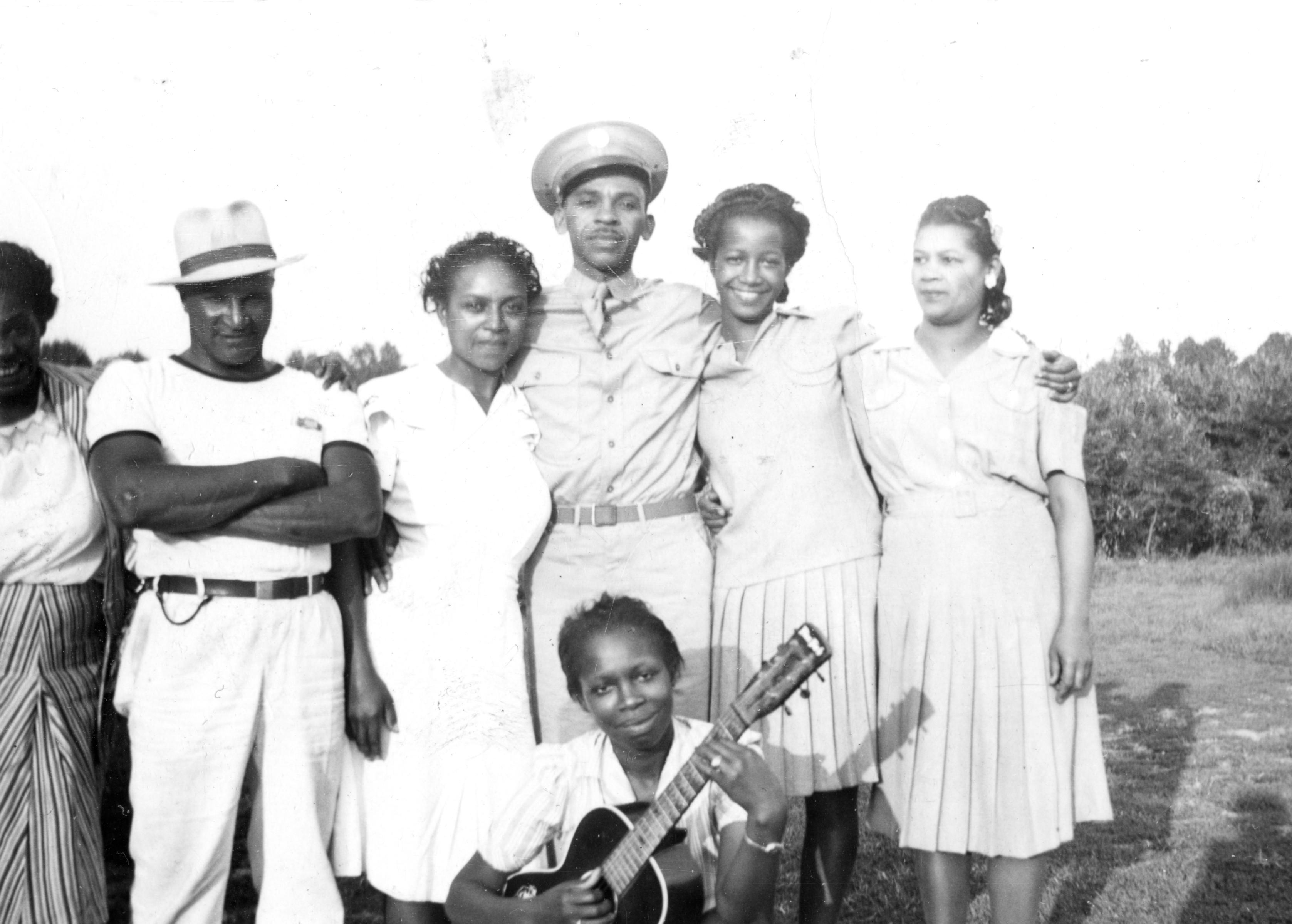
At home on leave from the United States Army during World War II in 1942, George “Pete” Walls is surrounded by friends. From left to right are Mary Jane Giles Fields, Amos Guss, Gertrude Davis, Pete Walls, Lucille Giles, Gertrude Brooks, and Evelyn Giles Tyner, playing the guitar.
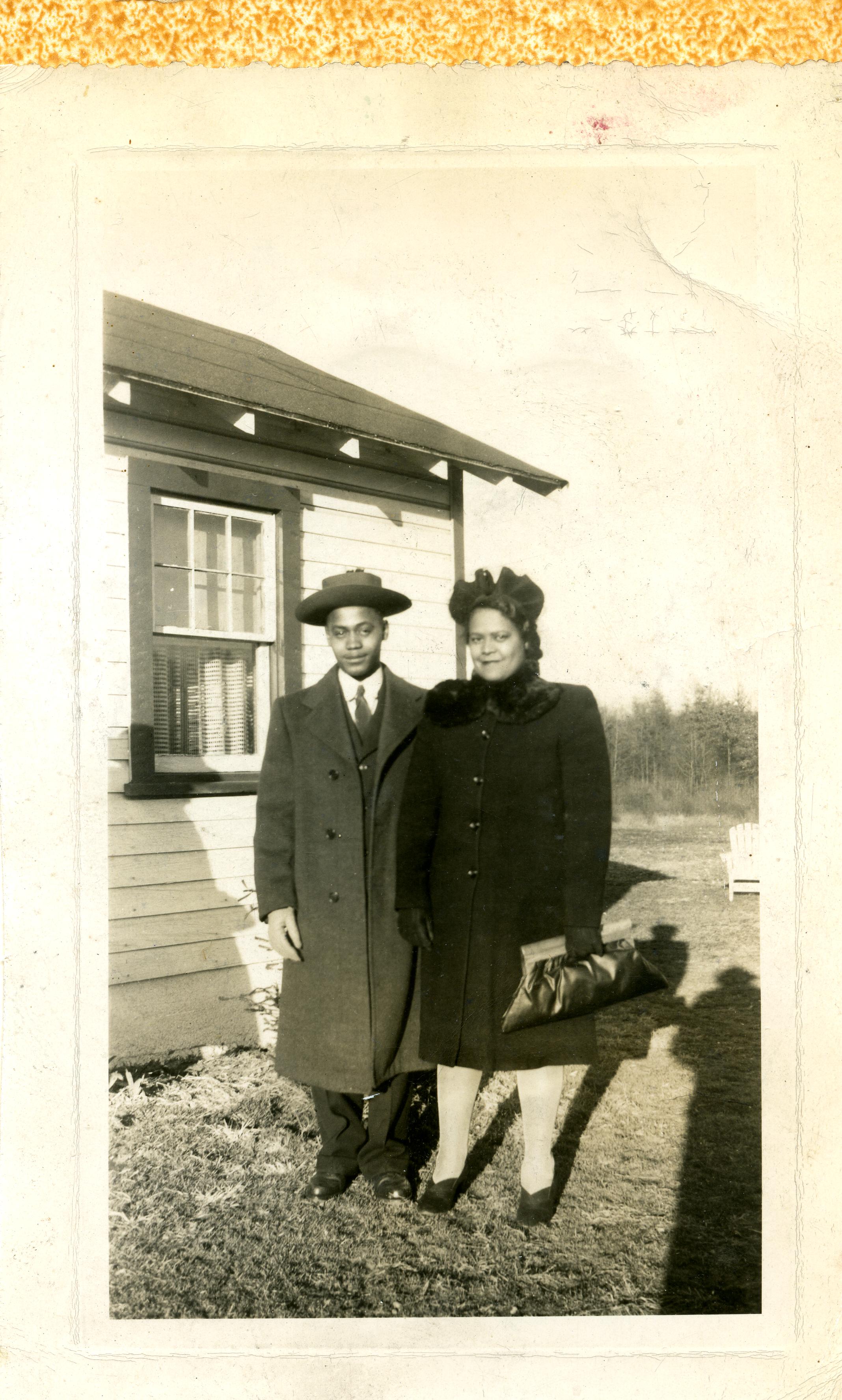
Mr. and Mrs. earl Spriggs - spring 1942 Easter with Addie Duckett and William Greenleaf

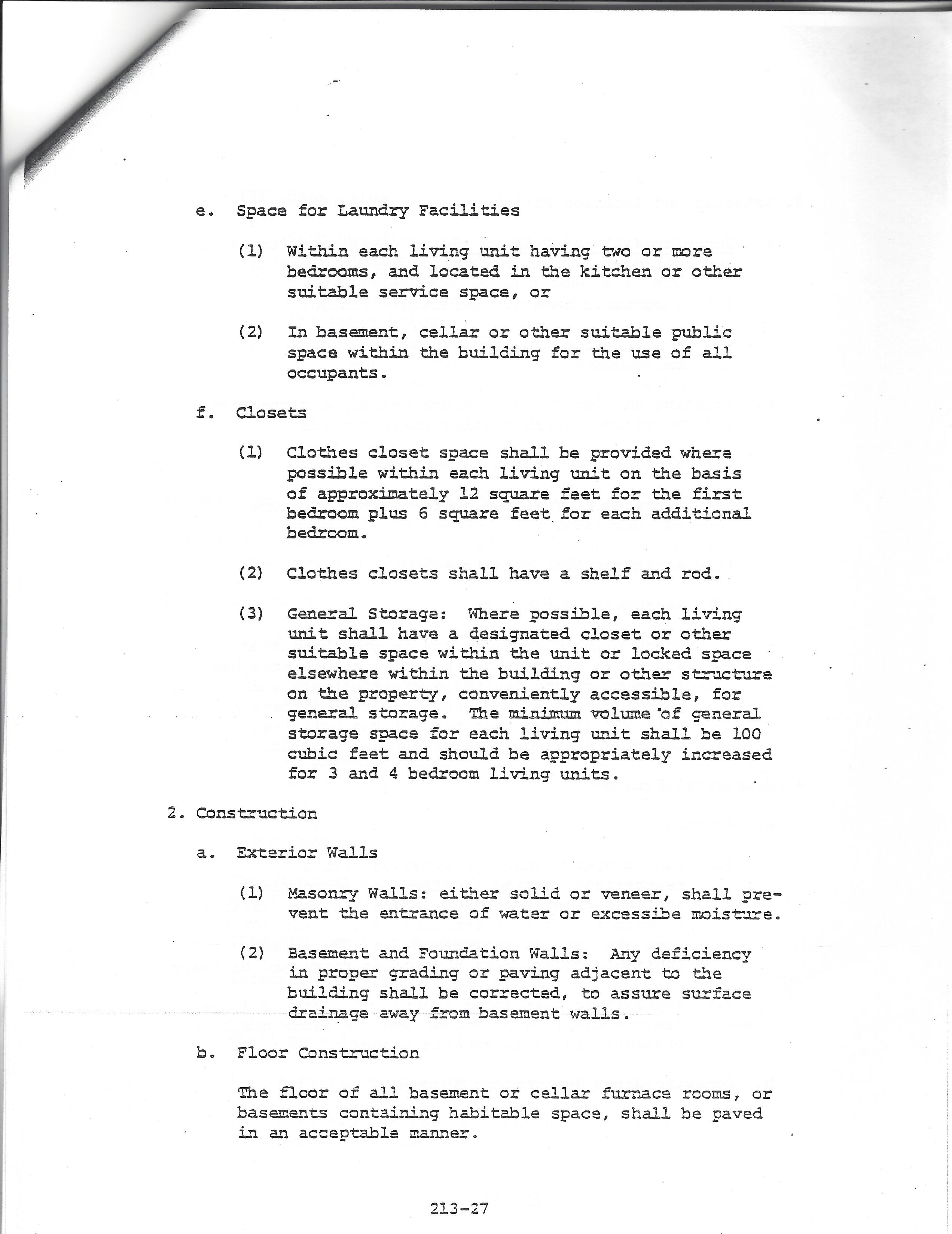
For Fabian Brown for a total of 6 years service discharge June 1916
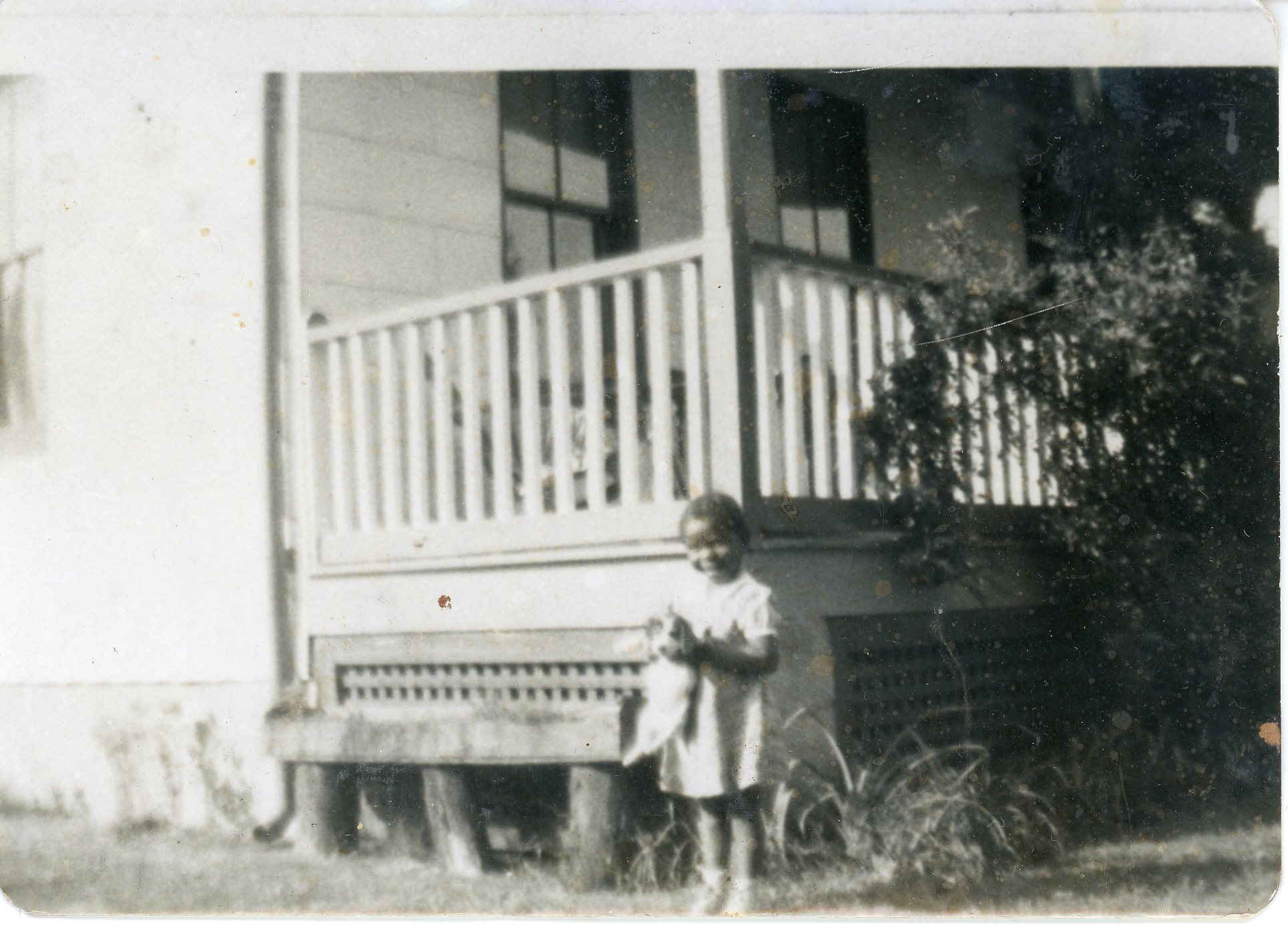
With dog Sparky

Dervey A. Lomax joined the U.S. Navy during WWII and served in the Pacific, including Pearl Harbor, Guadalcanal, and Okinawa. When he returned from military service, he was hired by the Department of the Navy in 1948, and rose to the position of supervisory electronic technician with the Naval Electronic Systems Security Engineering Center.
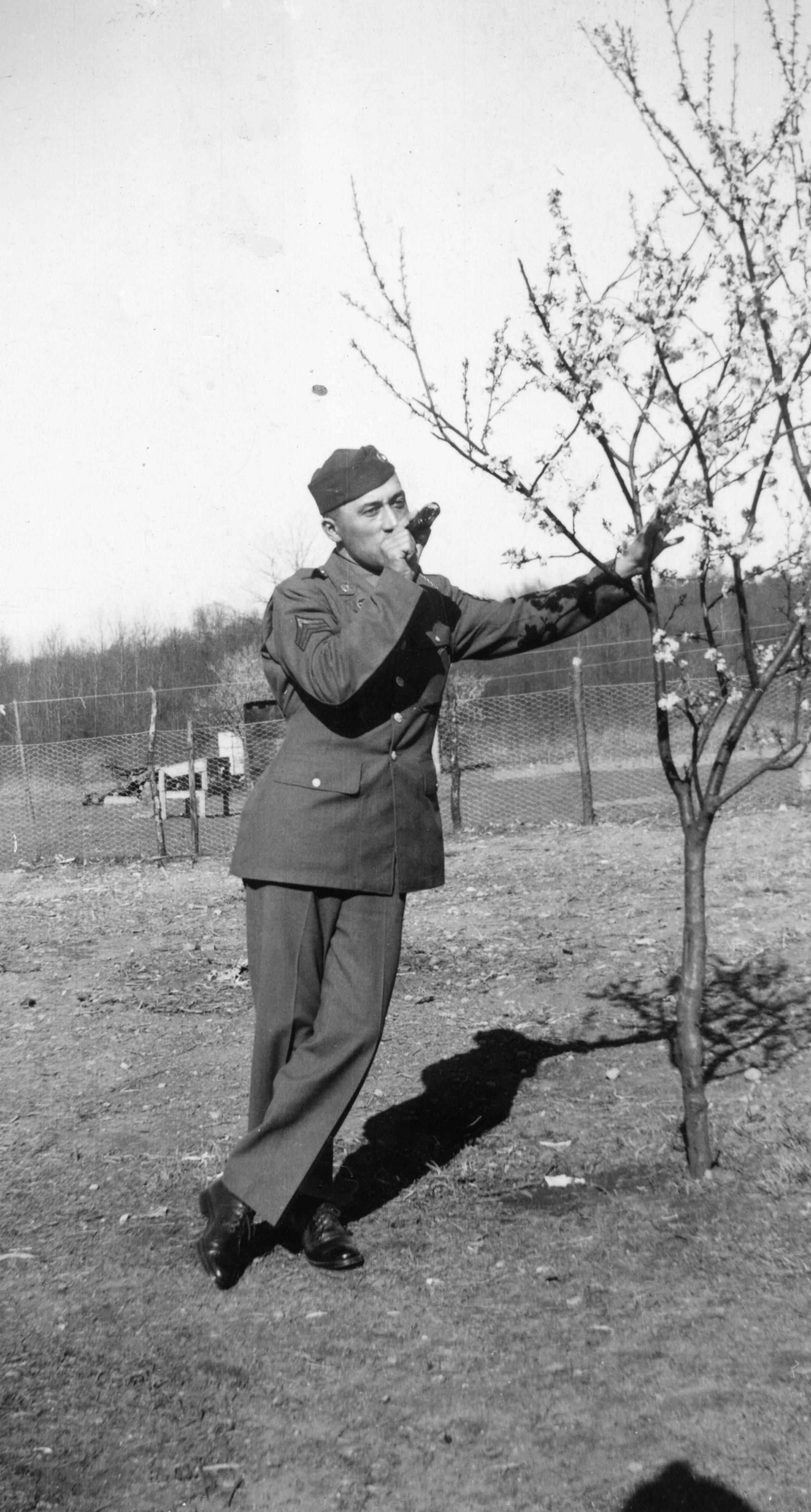
unknown

In the parish hall of Embry AME Church. Against the wall far left is William Gray and far left is Emma Harrison
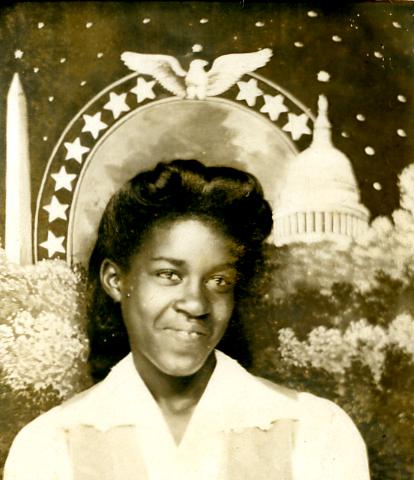
Elizabeth Hicks Campbell Adams in studio photo with US capital
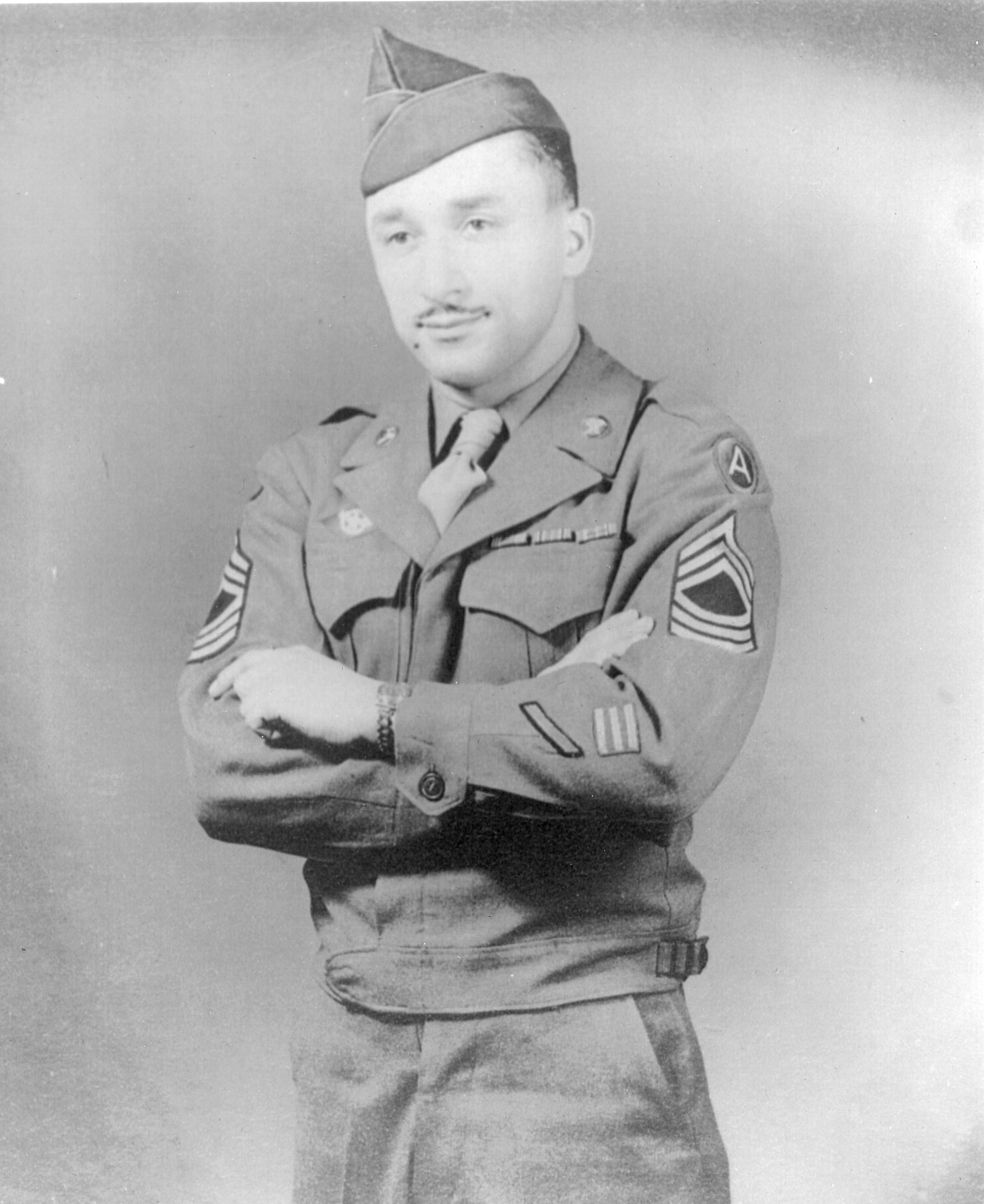
During World War II Army service
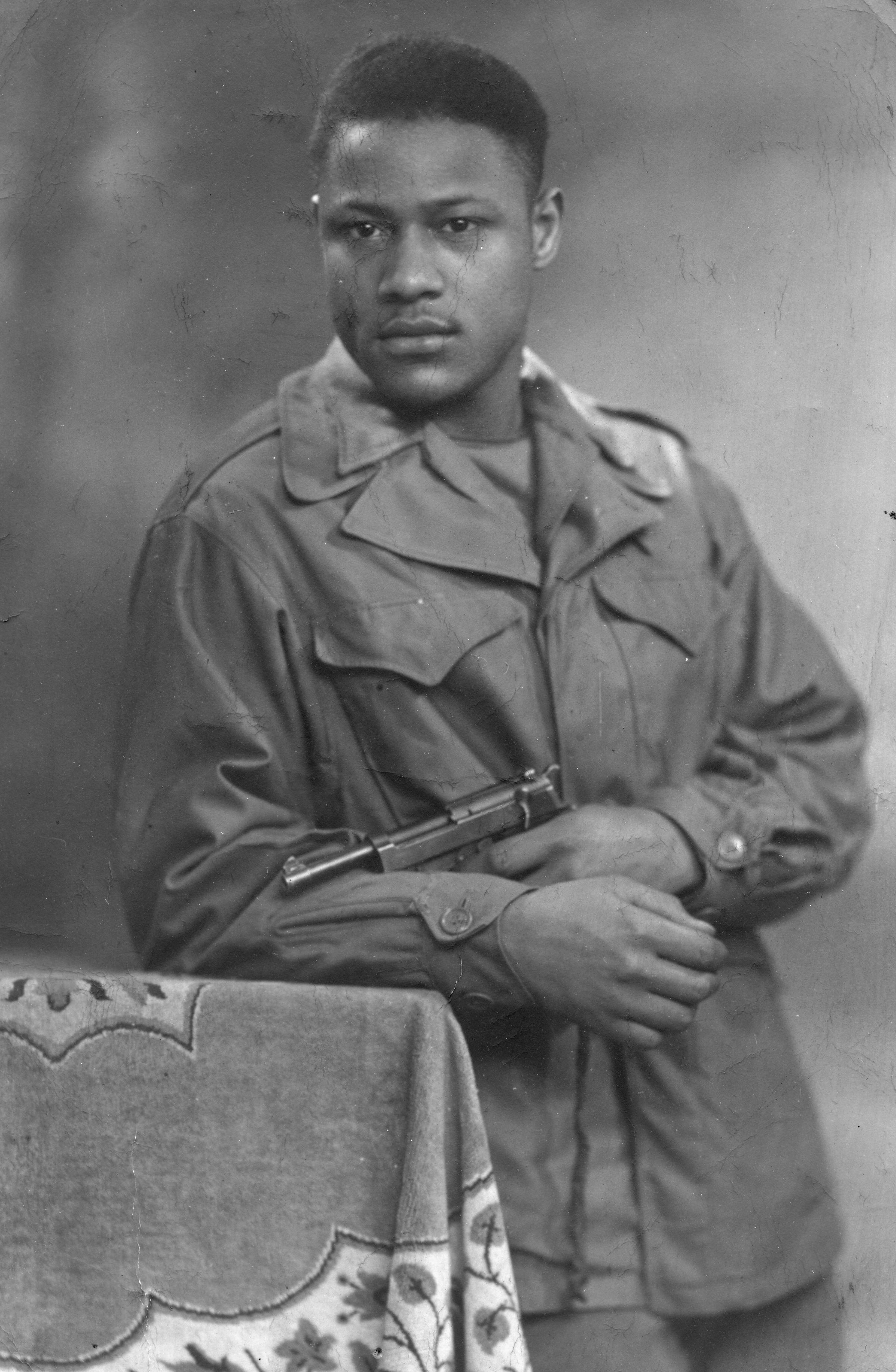
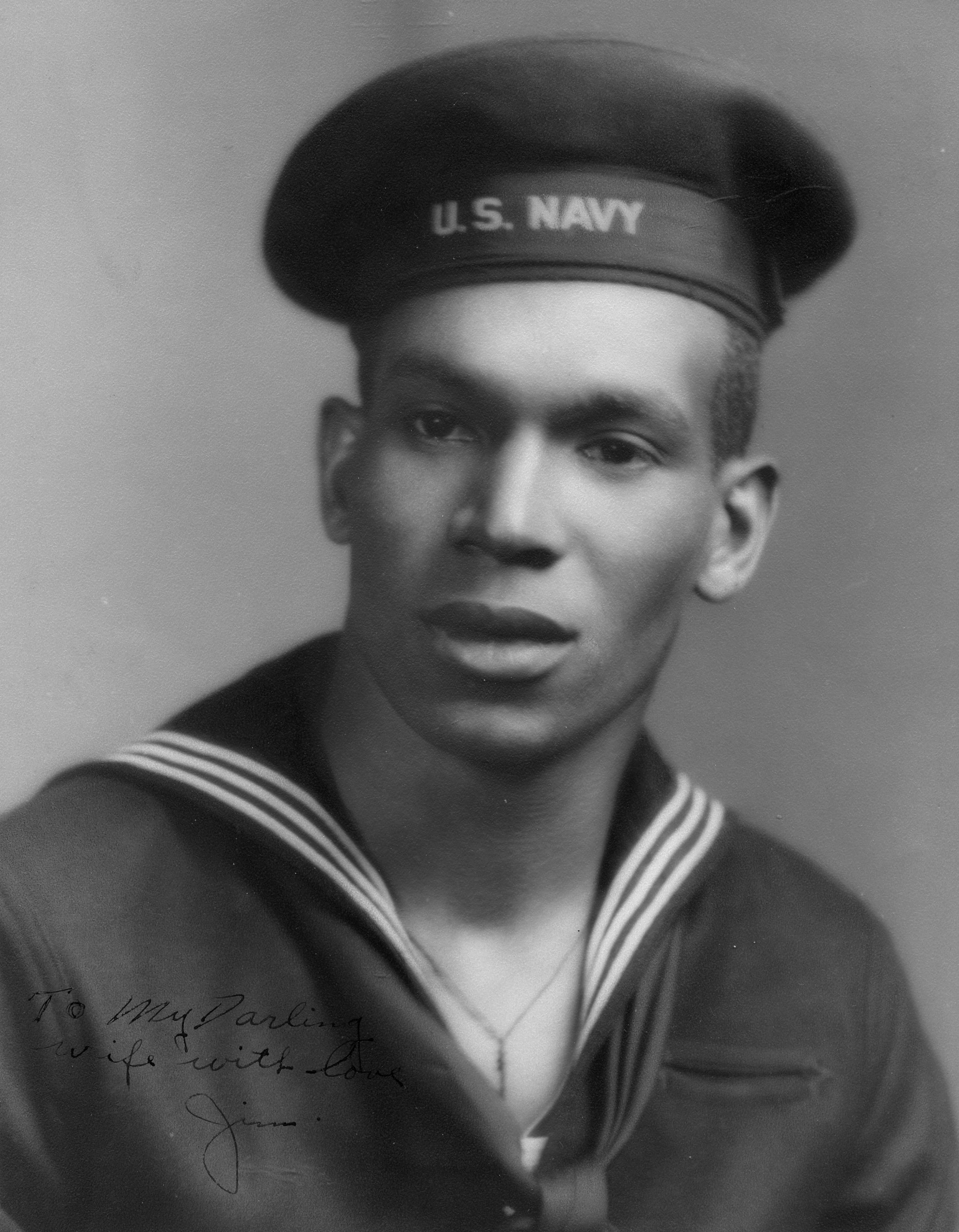
When the United States entered World War II, the Navy's African-American sailors had for decades been limited to serving as mess attendants. However, the wartime pressures of a manpower shortage, the willingness of thousands of African Americans to serve, plus political pressure, forced important changes. Though the Navy remained racially segregated in training and in most service units, in 1942 the enlisted ranks were opened to all qualified personnel. Weems sent the photograph below to his wife, Mary, while he was serving aboard a ship in the Pacific theater.
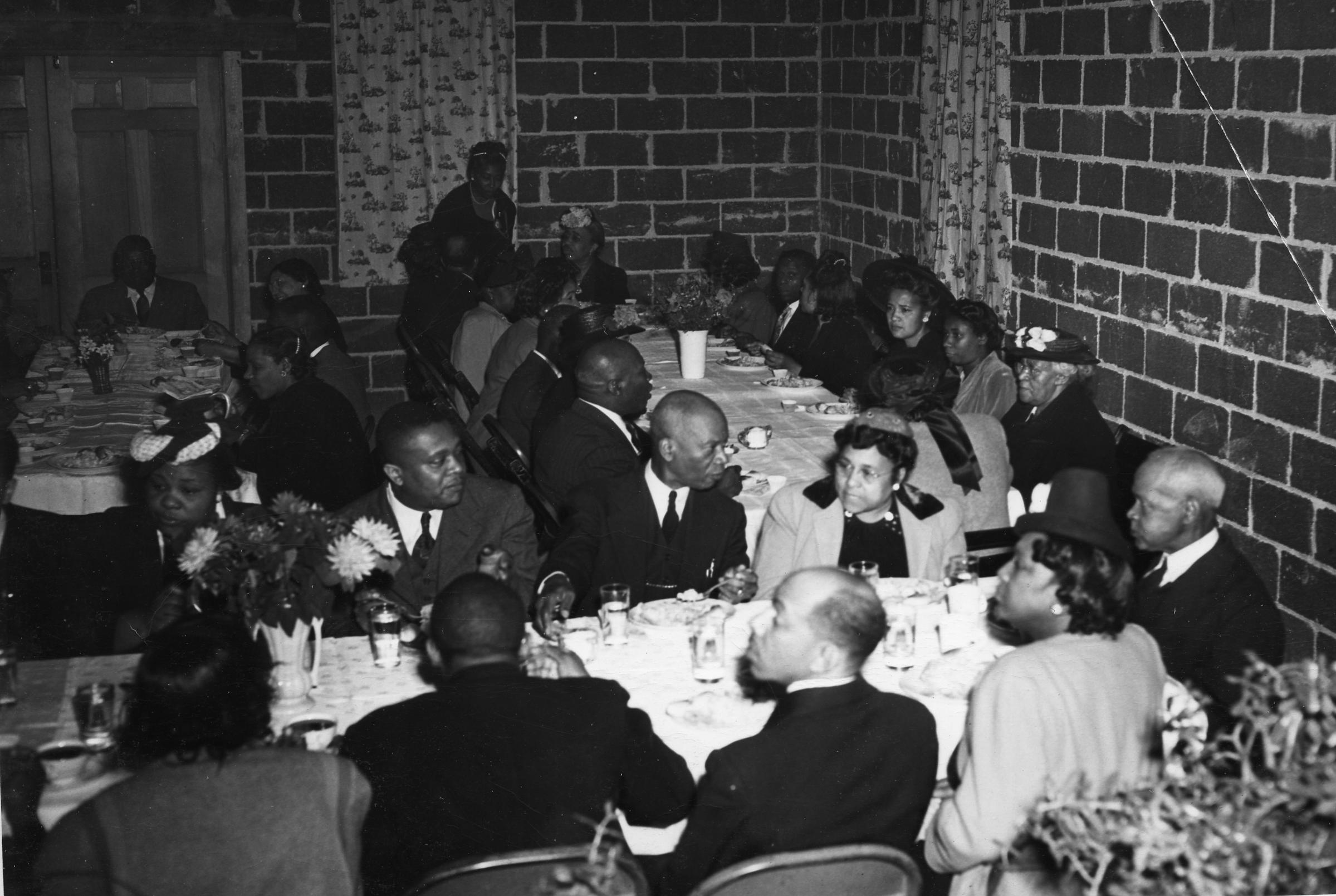

The 1943 freshman class of Lakeland High. By this time, the county school buses were bringing students to Lakeland from the other African-American communities along the US Route 1 corridor, from Mount Rainier to Laurel. After 1946, students also were bussed from the Highland Park area of the county until Fairmount Heights Junior -Senior High School opened in 1950.
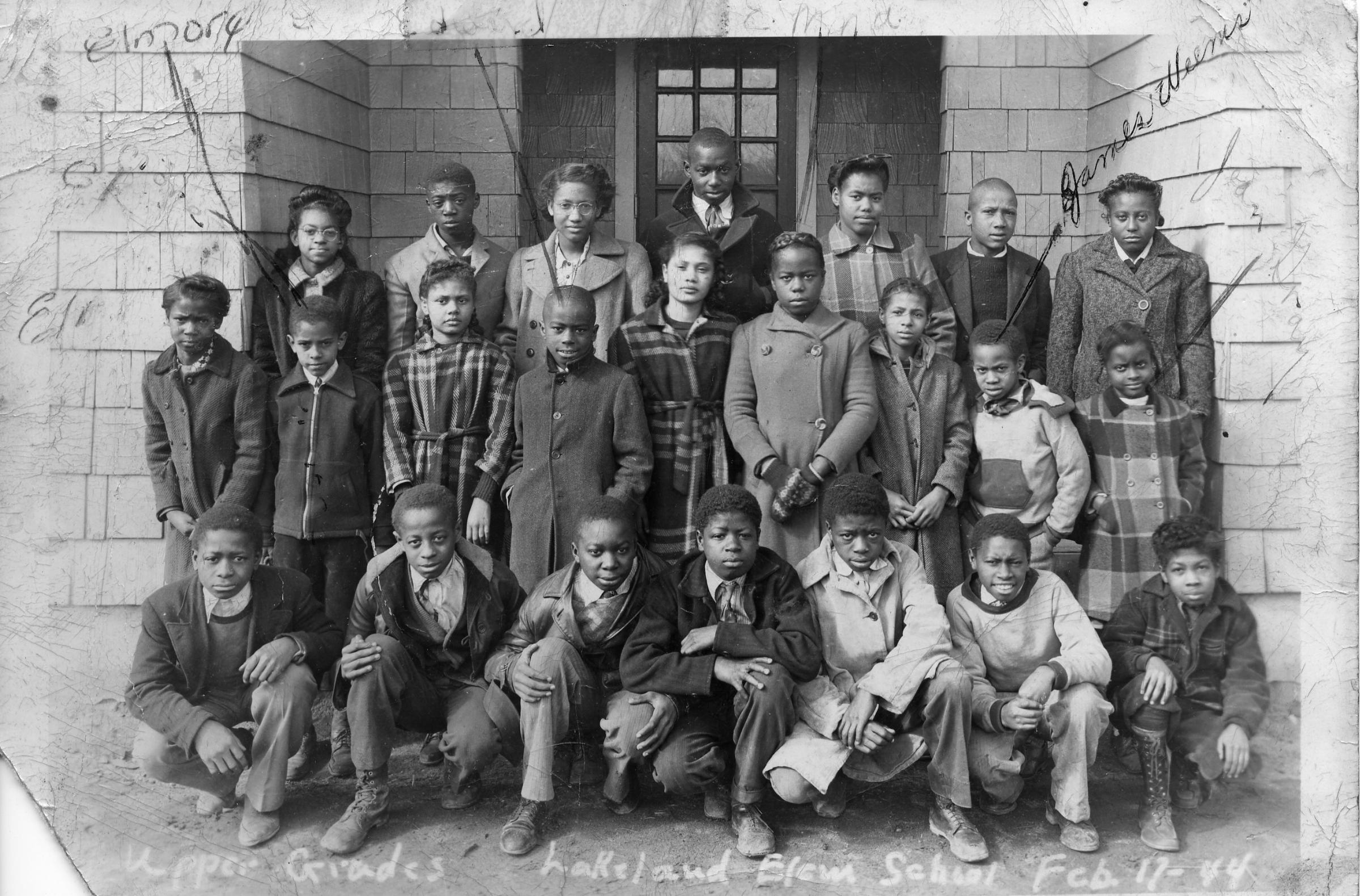
The upper class, grades four through six, was taught by Anita P. Smith in the second classroom. Lakelander Bessie Mack often worked as a substitute teacher at the school.

M. Sgt. Harry M. Braxton, Sr. was assigned to the Quartermaster Corps in WWII and was a driver in the Red Ball Express. When army general George S. Patton made a rapid advance across France in 1944, he stretched his supply line to near collapse. Supply trucks rolled continuously, 20 hours a day, seven days a week for 82 days across France and into Germany, often facing attack from the ground and the air. Nearly 75% of Red Ball Express drivers were African Americans. Later, Braxton worked with the Graves Registration and gave Holocaust victims the respect they deserved in death by providing them with a proper burial. Sgt. Braxton was proud to have served and expressed great admiration for General Patton.

Letter sent by Harry Braxton Sr. during his army service in Germany during World War II. The letter was to his cousin and godson Elwood Gross in Lakeland. Braxton also sent along a photograph. It is item #01784. Item 1031 is also from that period.

In the summer of 1944, neighbors enjoyed a day relaxing in the rural countryside of Lakeland. In this photograph, longtime neighbors proudly show off their newest neighbor, infant James "Little Jimmy" Edwards III. Sitting in the cornfield, from left to right, are Lola Giles, Viola Brooks, Cecelia Brooks, Gertrude Brooks, and Morris Crump. (Courtesy of Mary Hamlett Harding.)
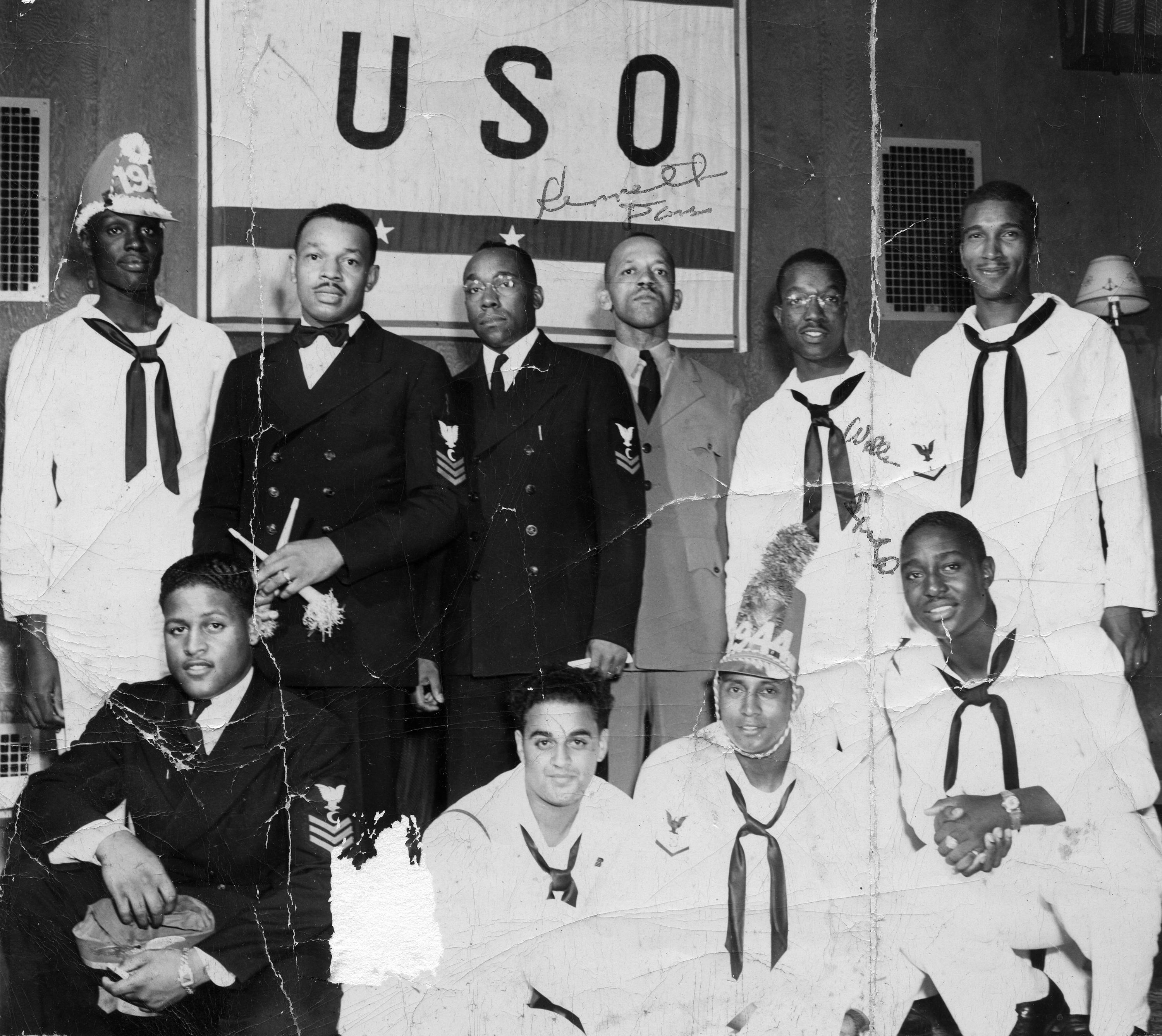
During their 1944 New Year's celebration, compliments of the United Service Organizations, Willie Hunter Randall of Lakeland and Kenneth Davis of North Brentwood paused for this photograph. Randall served in the U.S. Navy from October 1943 to January 1949. He traveled to his duty station by sea. His daughter was named Via, meaning 'by way of', in honor of that voyage. Family members report that he had many humorous stories about his service. One niece, Pamela Randall Boardley, recalled, "He made it seem as though he single-handedly won the war."
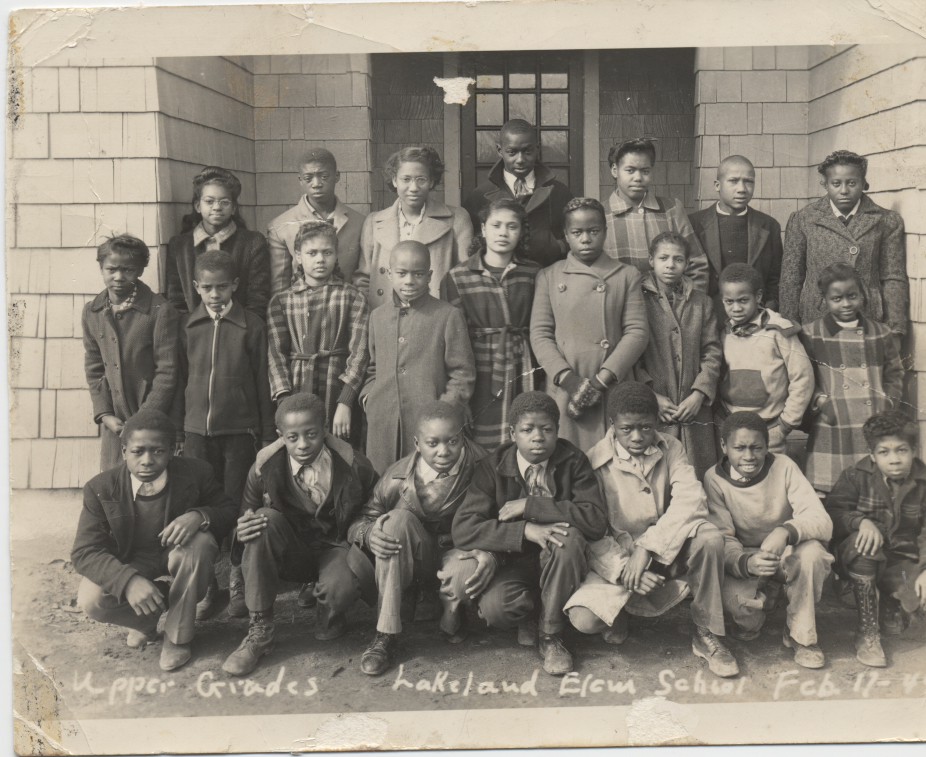
For more than thirty years the first school attended by most Lakelanders was Lakeland Elementary School on Winnipeg Street. It had two classrooms heated by a potbelly stove, and an outhouse in the rear. In 1944 the primary class, grades one through three, were taught by Margaret Wills in one classroom; and the upper class, grades four through six, were taught by Anita P. Smith in the second classroom. Lakelander Bessie Mack often worked as a substitute teacher at the school. (

For more than thirty years the first school attended by most Lakelanders was Lakeland Elementary School on Winnipeg Street. It had two classrooms heated by a potbelly stove, and an outhouse in the rear. In 1944 the primary class, grades one through three, was taught by Margaret Wills
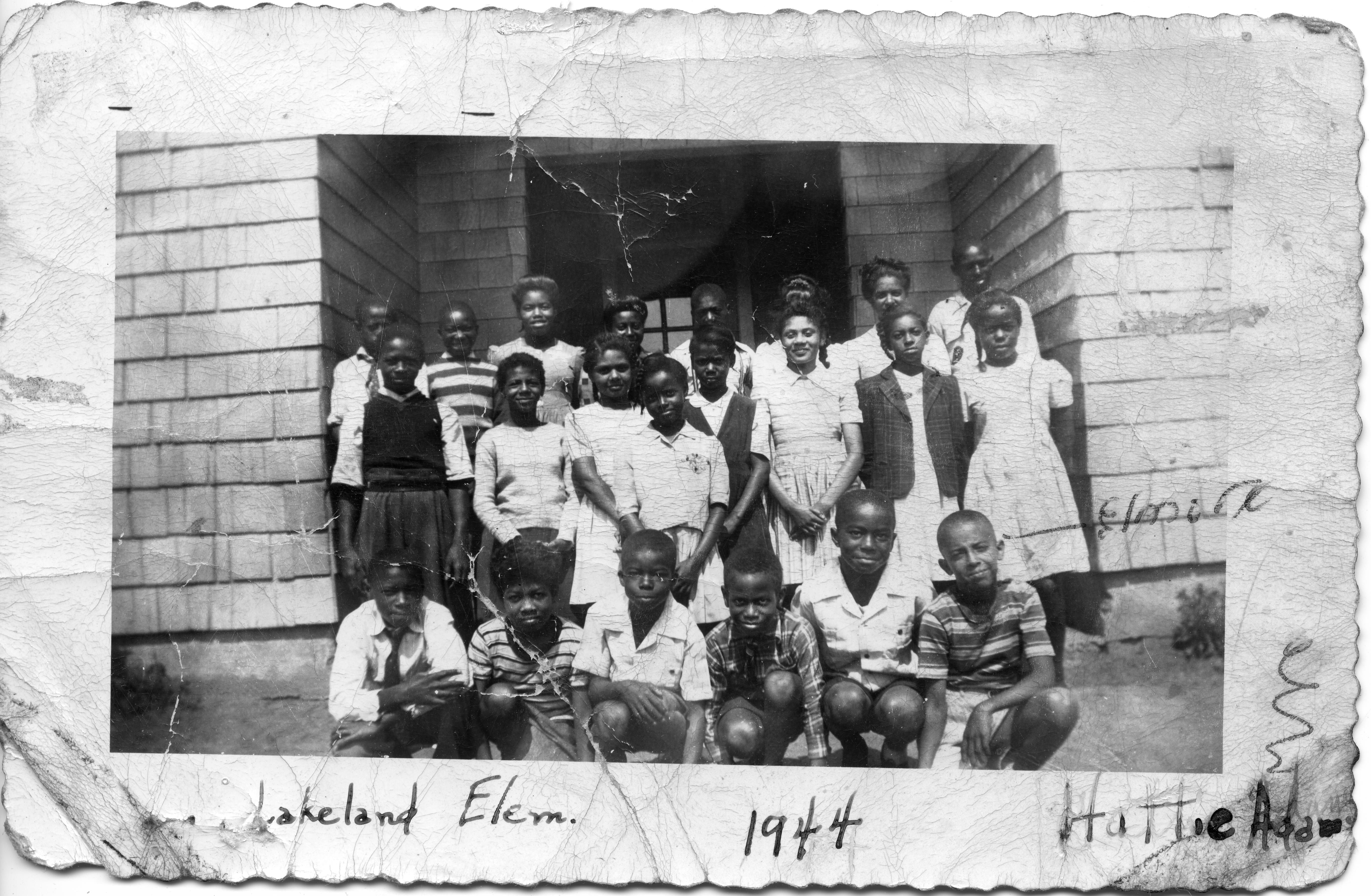
Students picture are from the rear left to right unknown, unknown, Mary Hamlett, unknown, unknown unknown, unknown, Carl Cager (far right) Center row far right is Thomas unknown, Mary Jackson, Jean Ann Gray, unknown, unknown , Catherine Walls, Larson, unkown front row far left unknown, Elwood Gross, unknown, James Weems (Billy), Edward Dory, Elmore Adams.
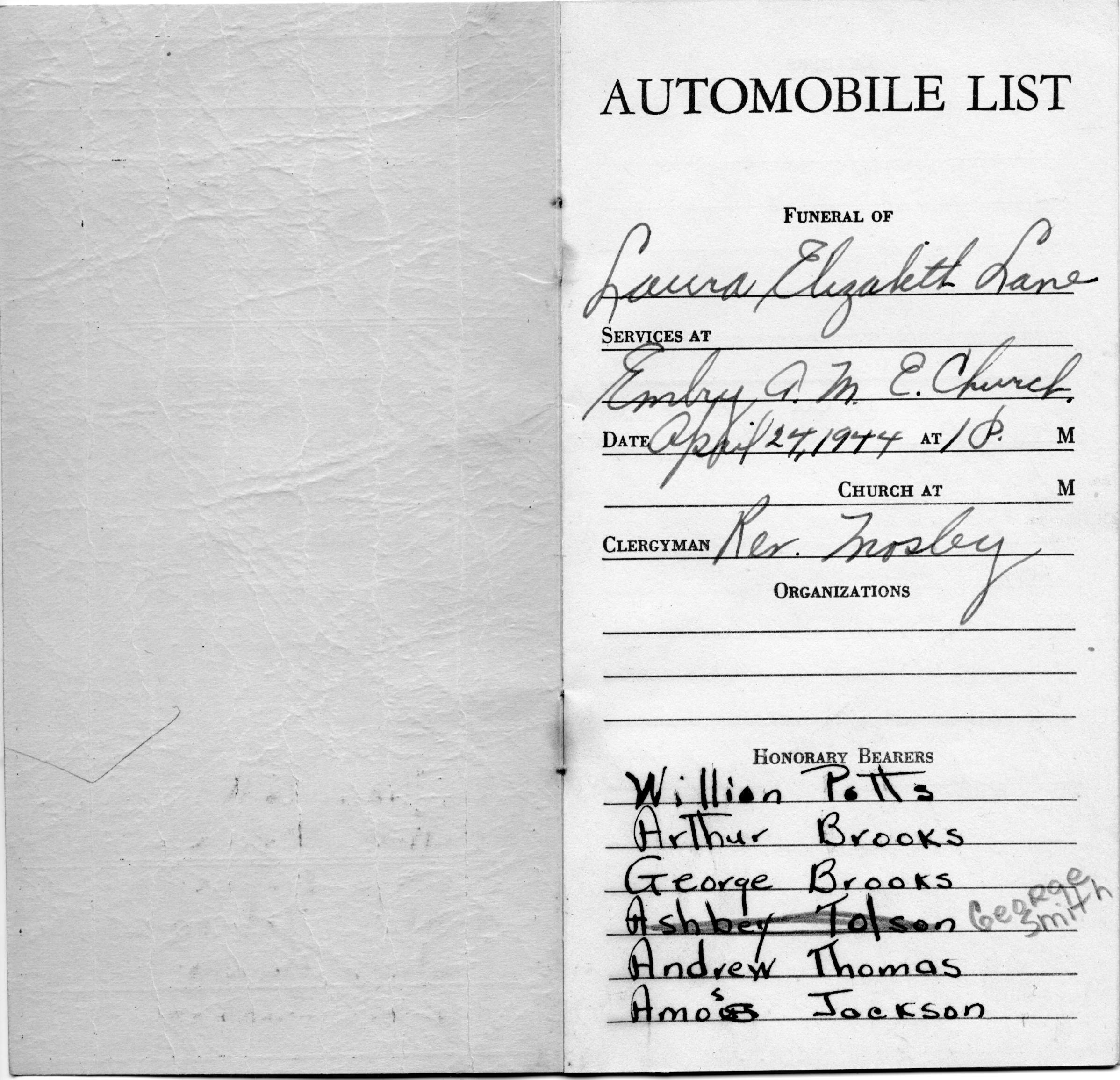
Funeral Precession Card listing riders in vehicles.

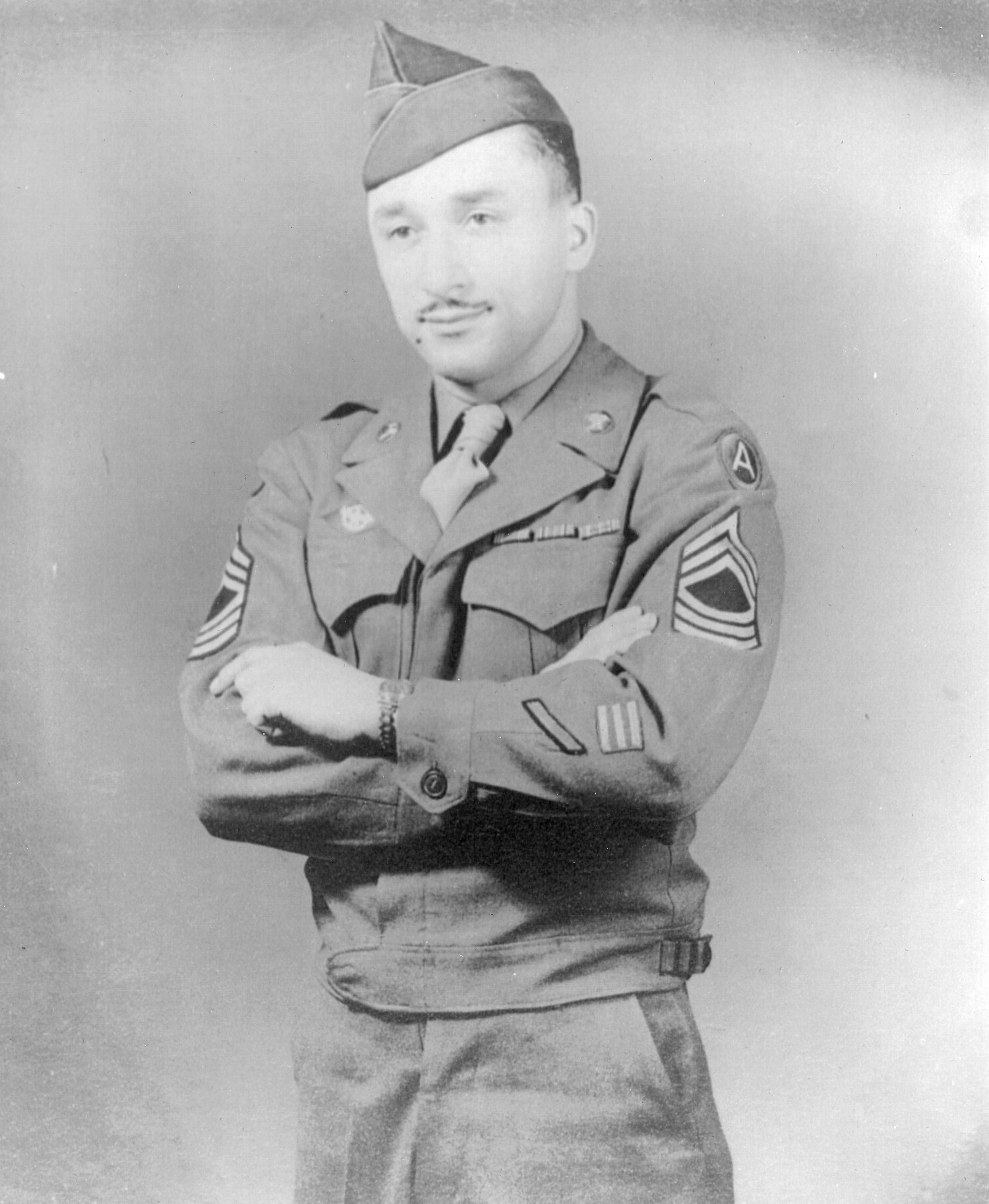
M. Sgt Harry M. Braxton, Sr. was assigned to the Quartermaster Corps in WWII and was a driver in the Red Ball Express. When army general George S. Patton made a rapid advance across France in 1944, he stretched his supply line to near collapse. Supply trucks rolled continuously, 20 hours a day, seven days a week for 82 days across France and into Germany, often facing attack from the ground and the air. Nearly 75% of Red Ball Drivers were African Americans. Later, Braxton worked with the Graves Registration and gave Holocaust victims the respect they deserved in death by providing them with a proper burial. Sgt. Braxton was proud to have served and expressed great admiration for General Patton.
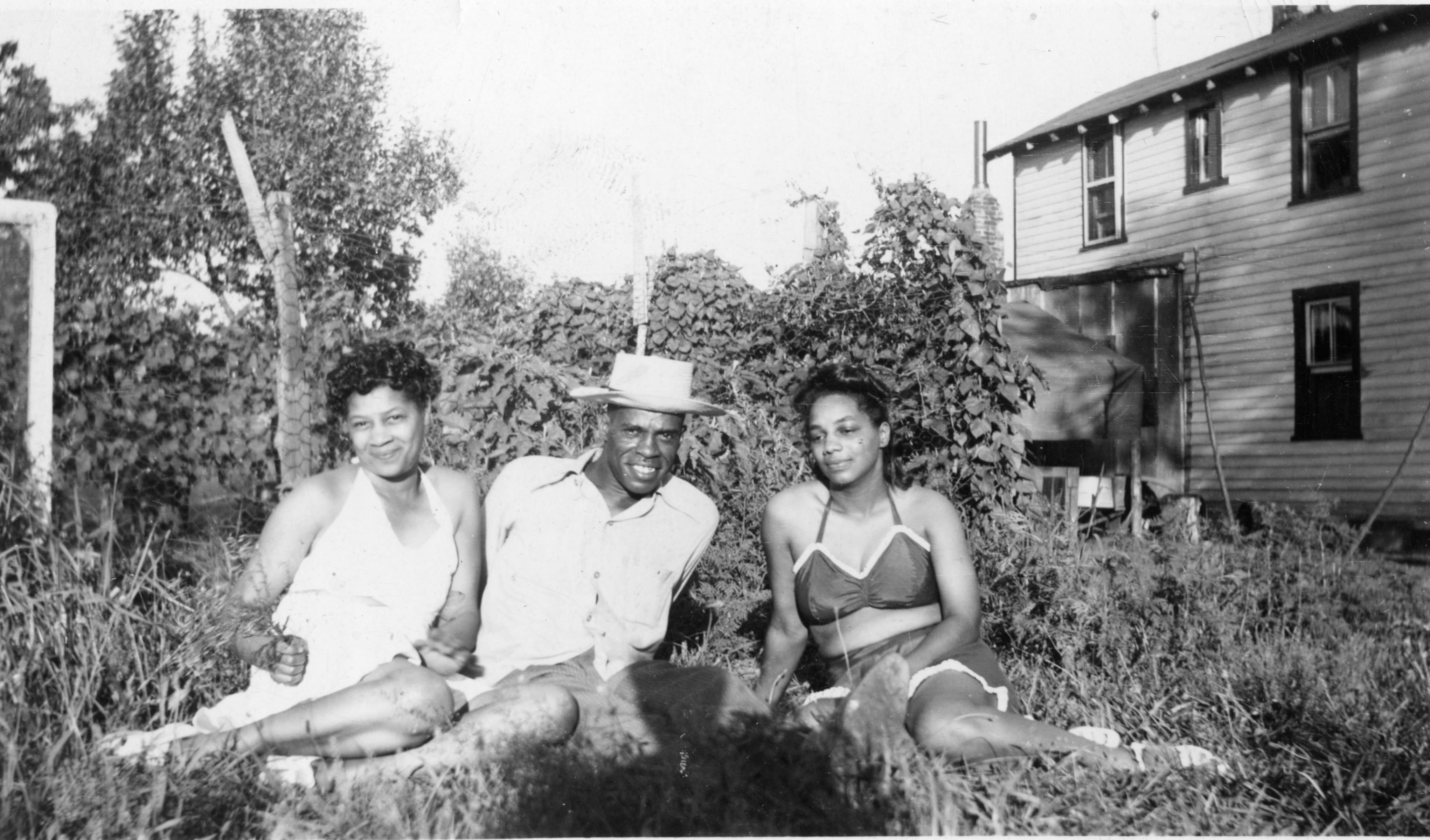
In eastern Lakeland are Gertrude Brooks, Morris Crump, and Viola Brooks.

unknown
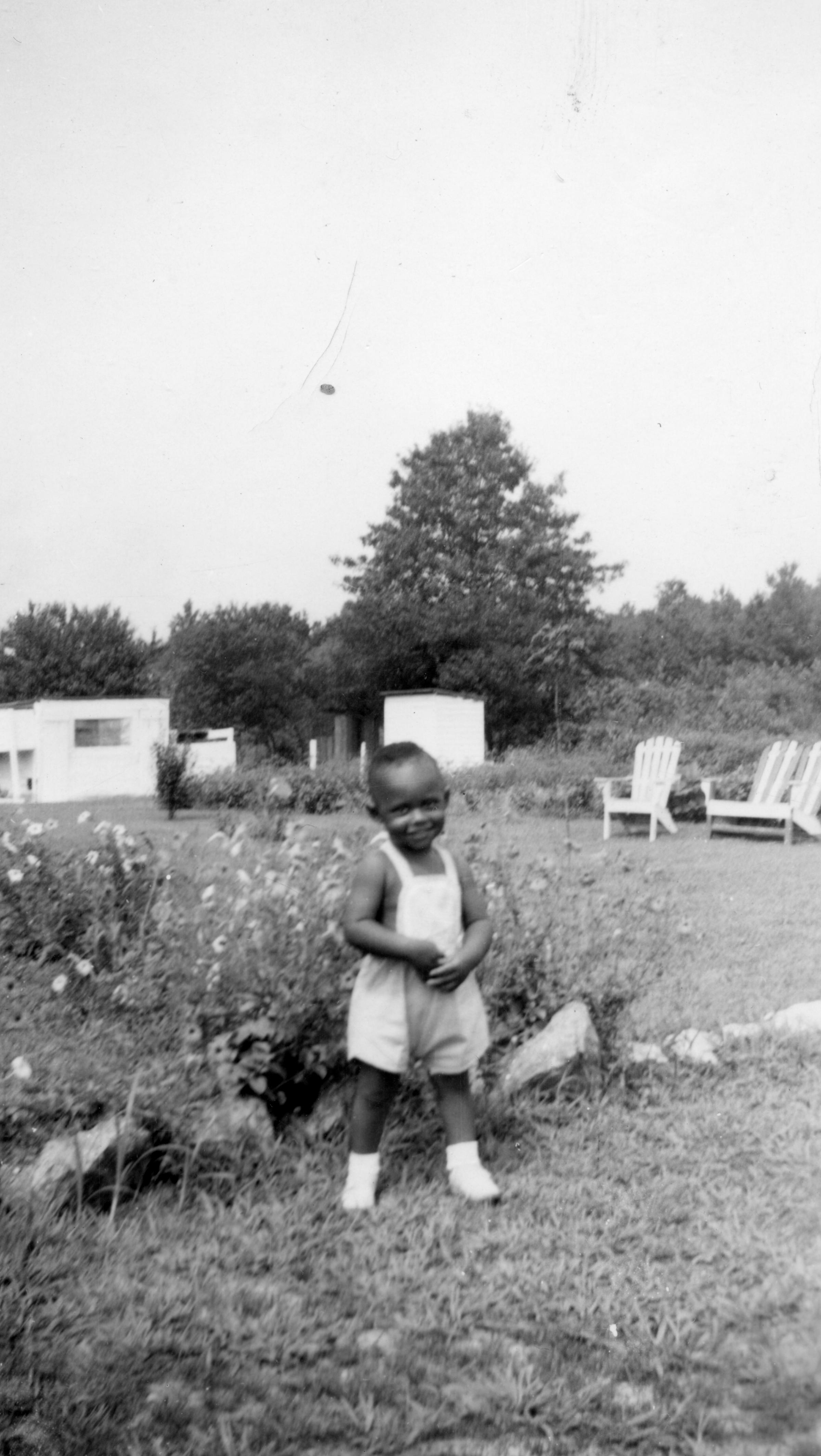
On grounds of home in Eastern Lakeland
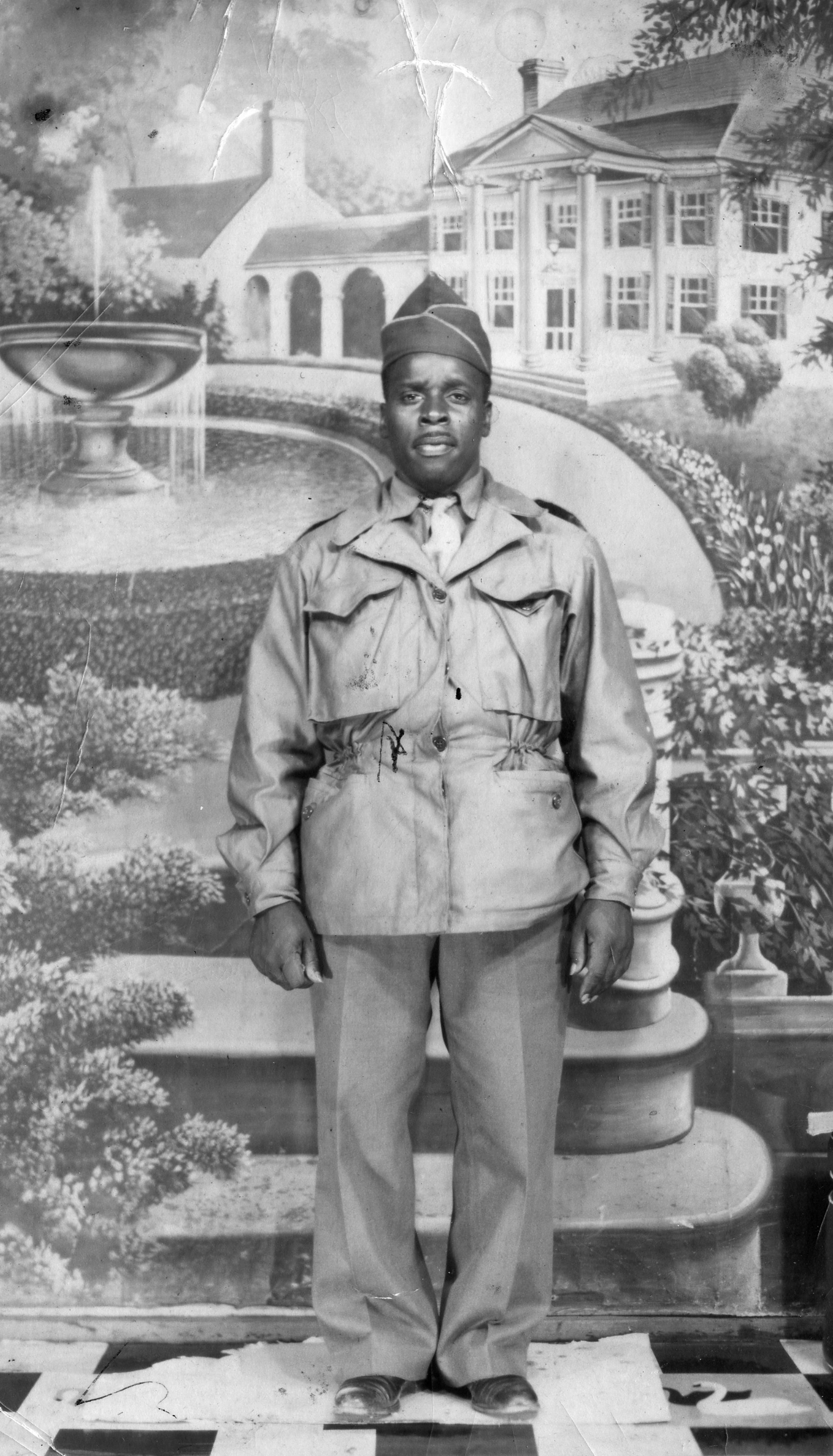
The youngest of nine children, Clarence A. Gray Sr. was stationed at Fort Bragg, North Carolina, in September 1945, at the same time his brother Ridgley was stationed overseas. Returning to his base after a visit home to Lakeland for the Labor Day weekend, Private Gray wrote to his brother: “The war is over, and if you are like me, you are glad knowing everybody will be going home shortly. I have more training to go….I don’t know where then. I hope home.” Clarence and Christine Gray reared thirteen children in Lakeland.
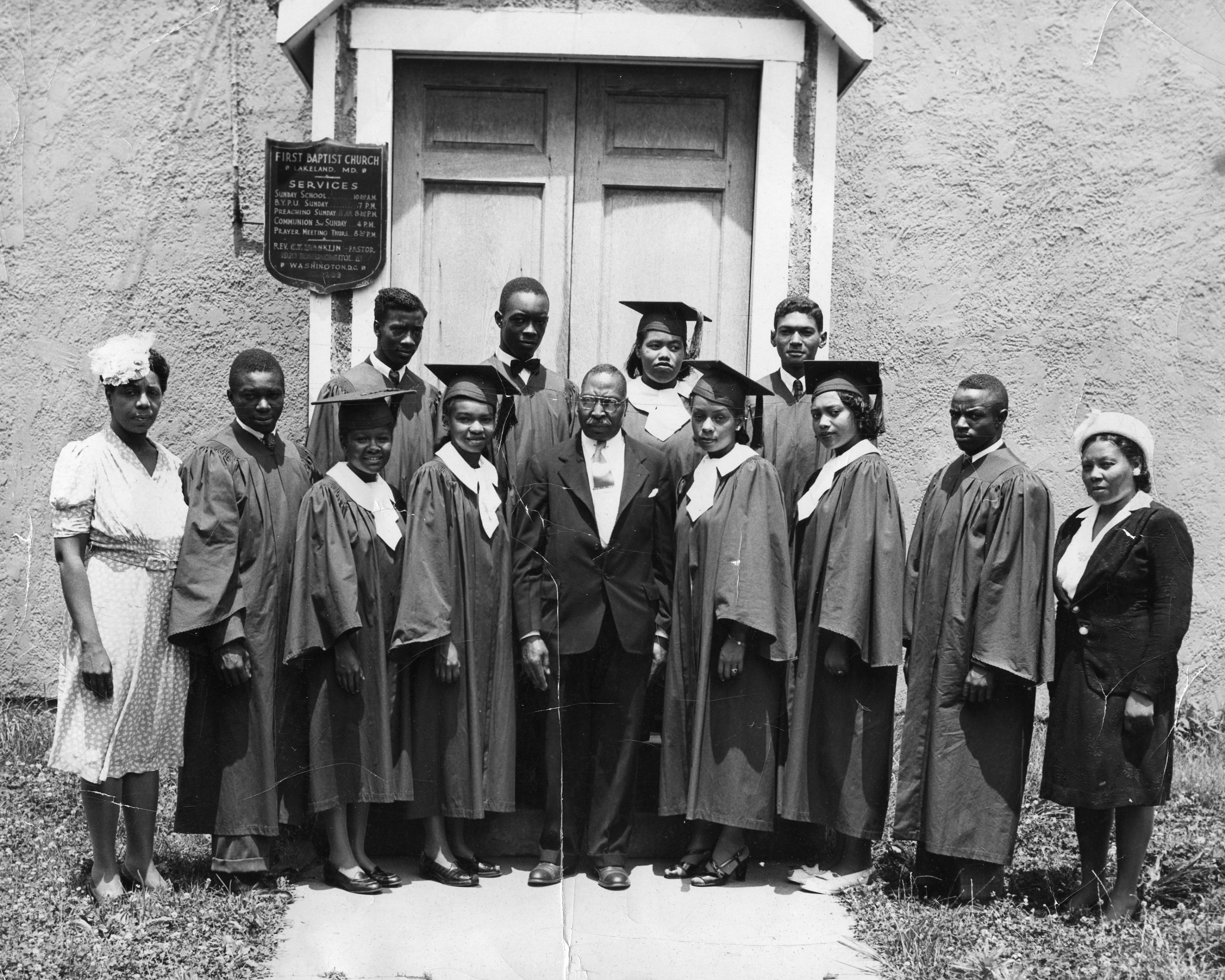
In 1901, the First Baptist Church purchased a parcel of land from church deacon John C. Johnson, and the church was relocated to its current location on Lakeland Road. This move proved beneficial to the community when the church was able to provide needed classroom space for the overcrowded Lakeland Elementary School. Here, members of the Junior Choir posed in front of the church with their pastor, Rev. J. A. Franklin, center, circa 1945.
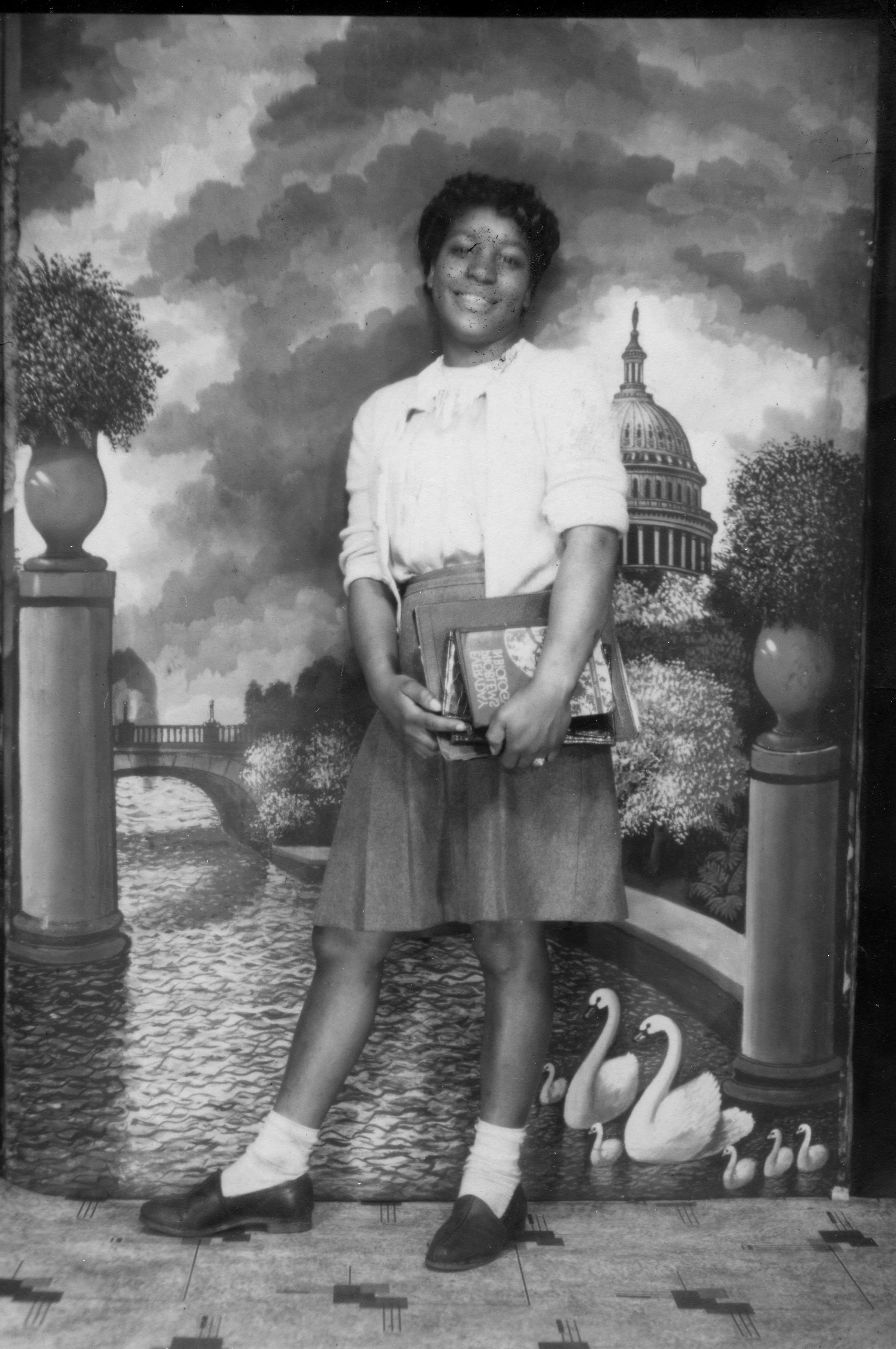
In studio portrait as schoolgirl niece of Agnes Harrison Gross
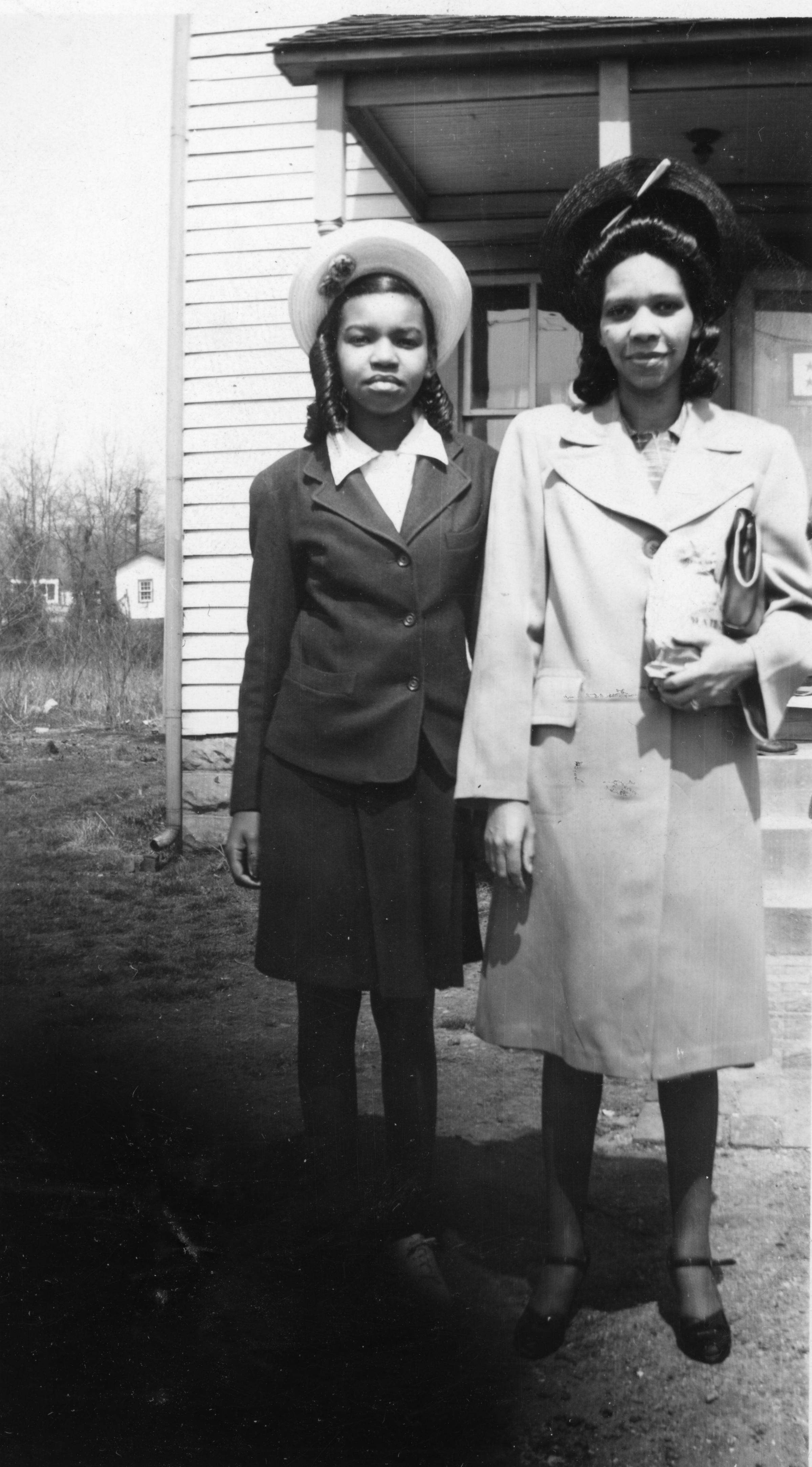
During World War II are shown mother and daughter Mary Day and her daughter Mary Day are shown in front of the family home on Navahoe Street. In the far right are seen two stars showing from a window or door.

1945-46 School year photo
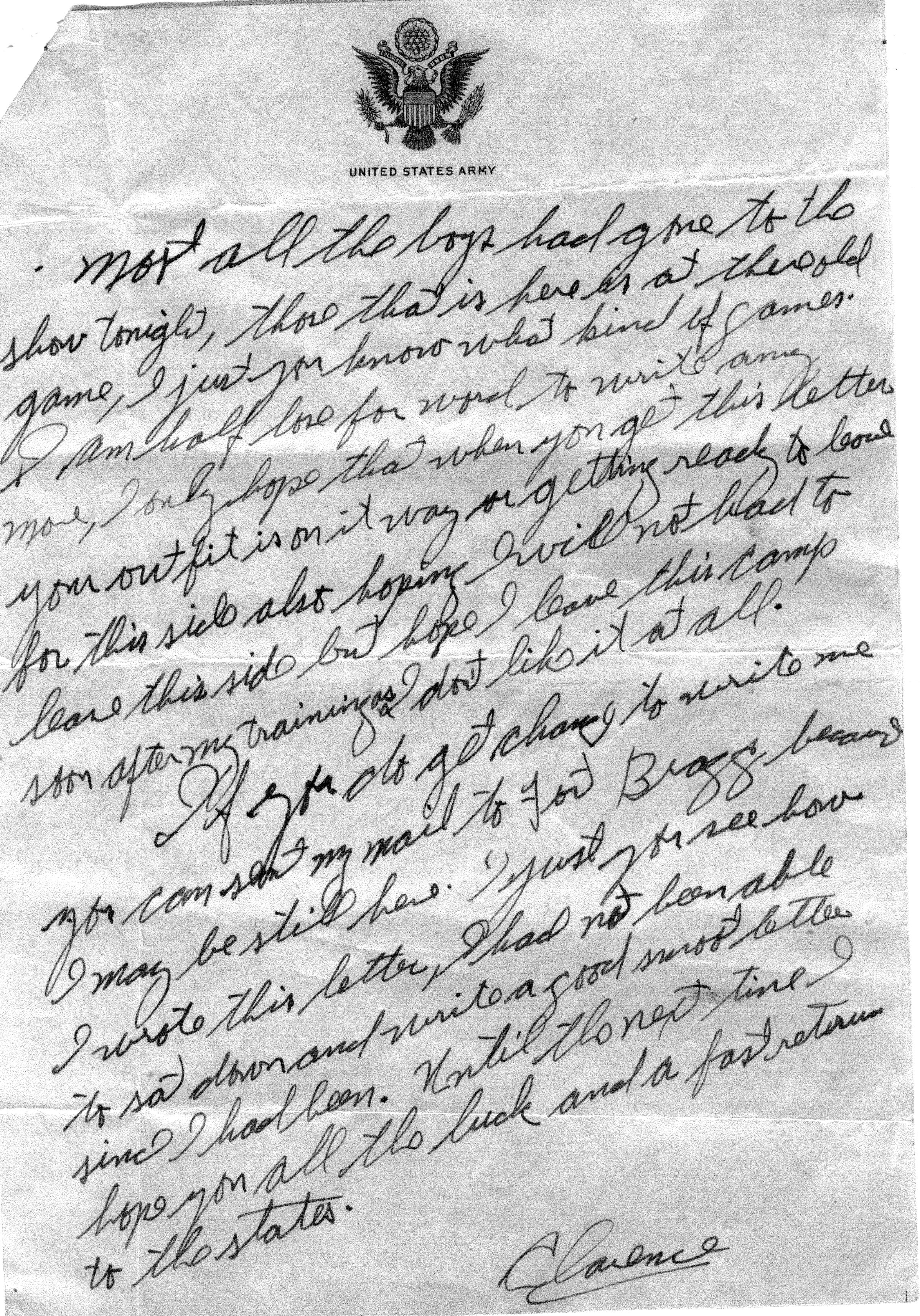
Mr. Gray wrote home to his family in Lakeland during his US Army service
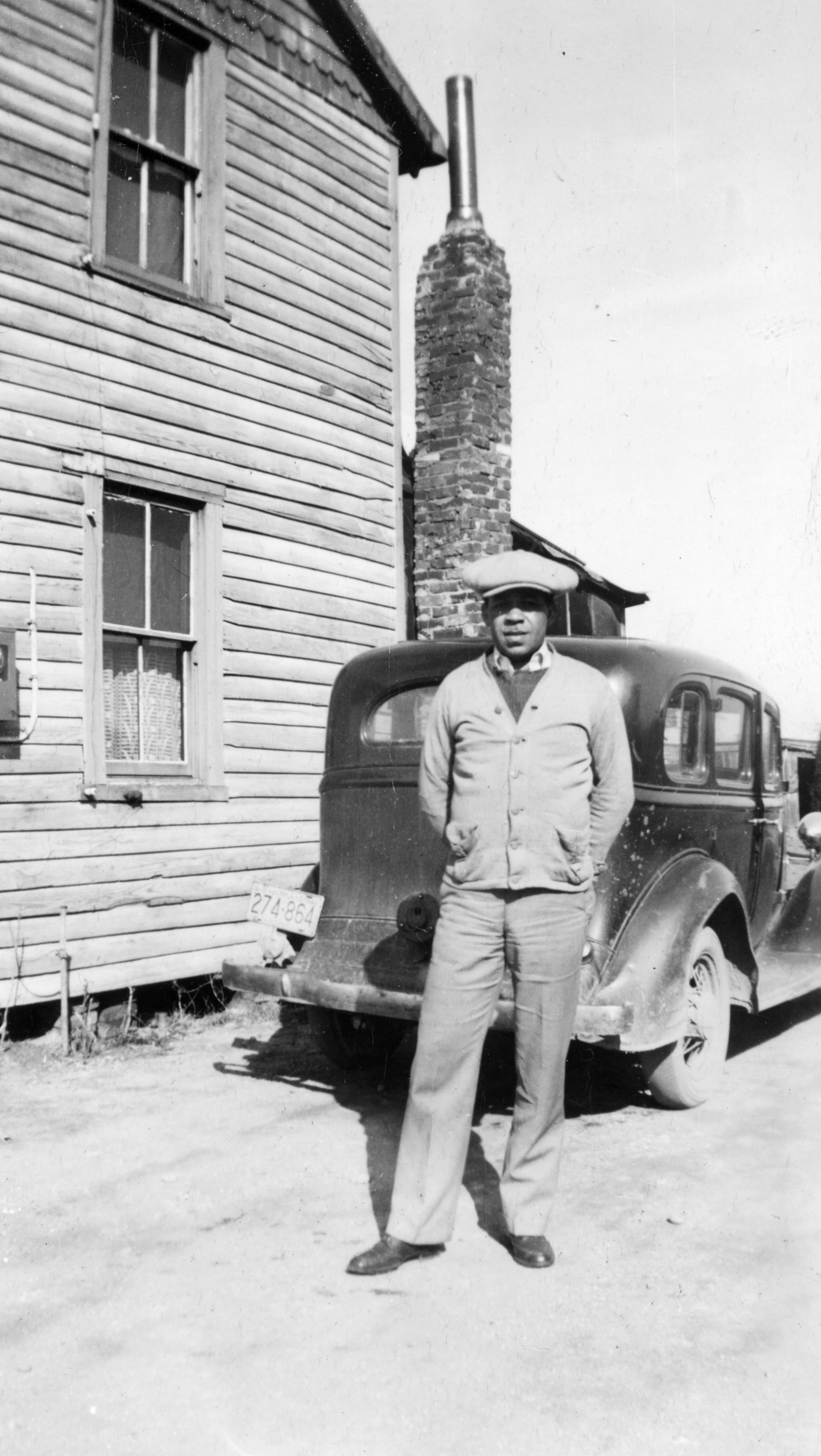

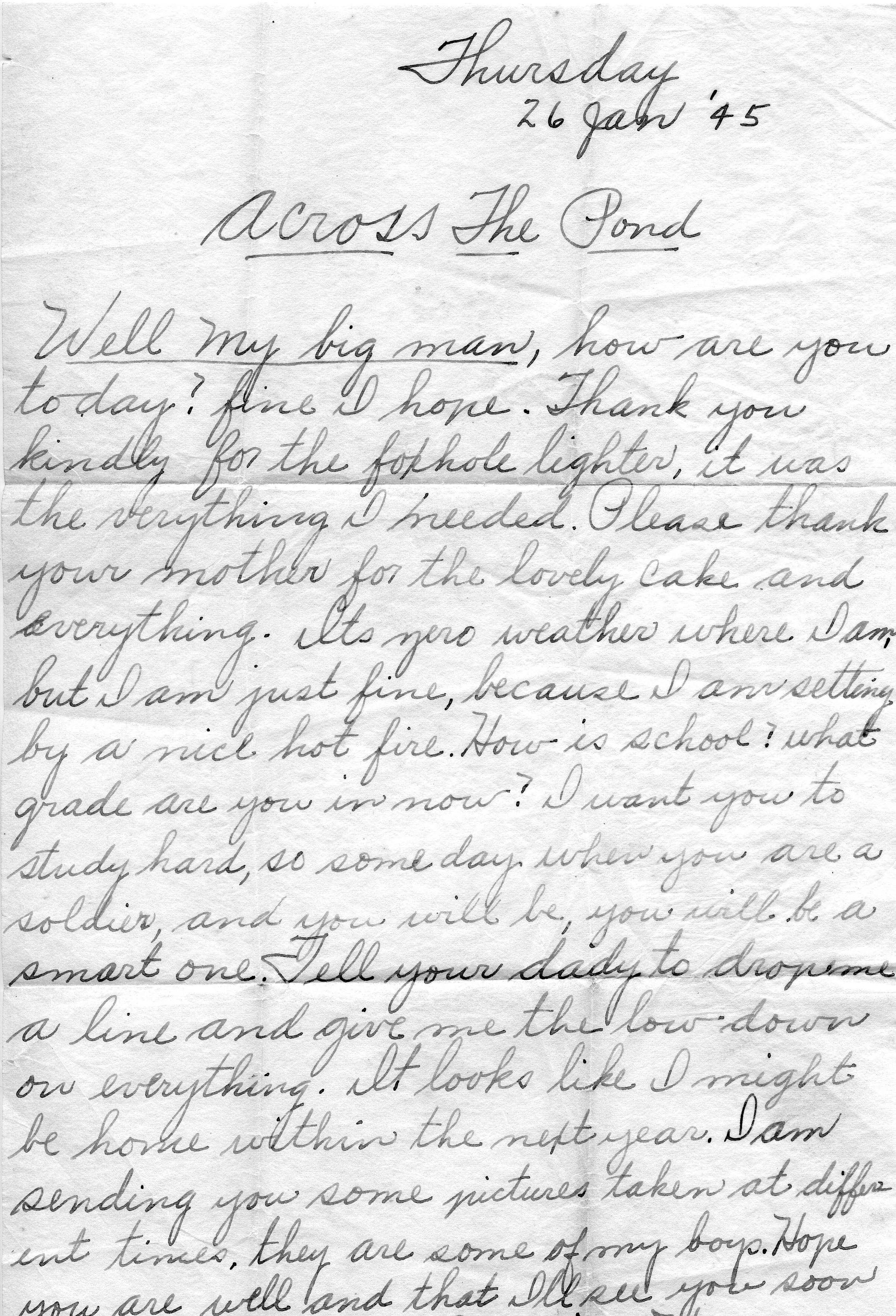
Soldier's letter home during World War II. Written by Harry Braxton in Germany to his godson, and first cousin, Elwood Gross
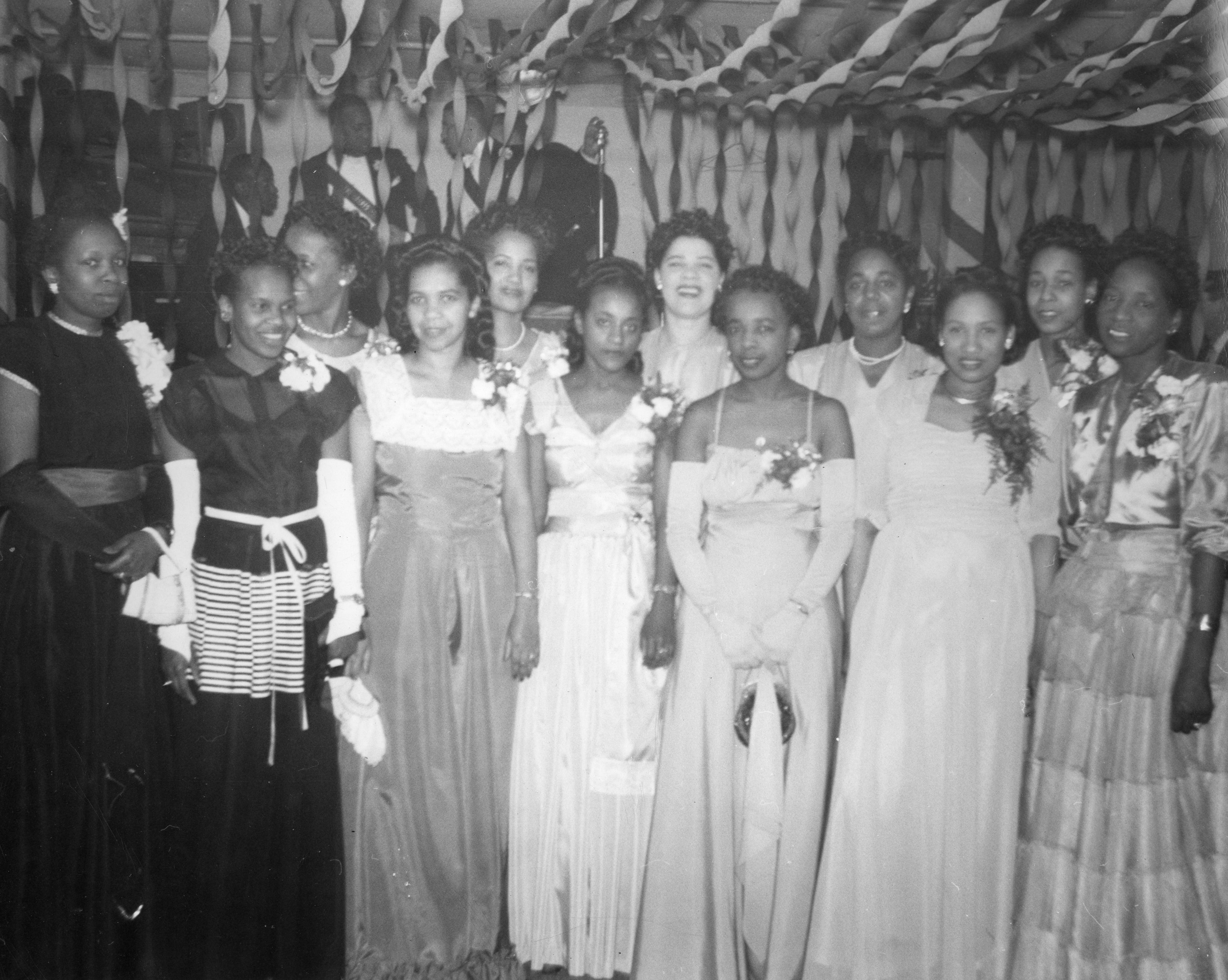
In the 1940s and 1950s much of the organized entertainment in Lakeland was provided by social clubs. The Counts’ escorts are, left to right (first row), Evelyn Giles Tyner, Mary Weems Braxton, Mary Walls Weems, Bernice Lancaster Walls, Julia Mack Carroll, Mary Douglas Tolson, and Dorothy Mack Allen; (second row) Pearl Brooks Briscoe, Gertrude Walls Corprew, Florence Wethers, Mary Brooks Brewer, and Elizabeth Mack.
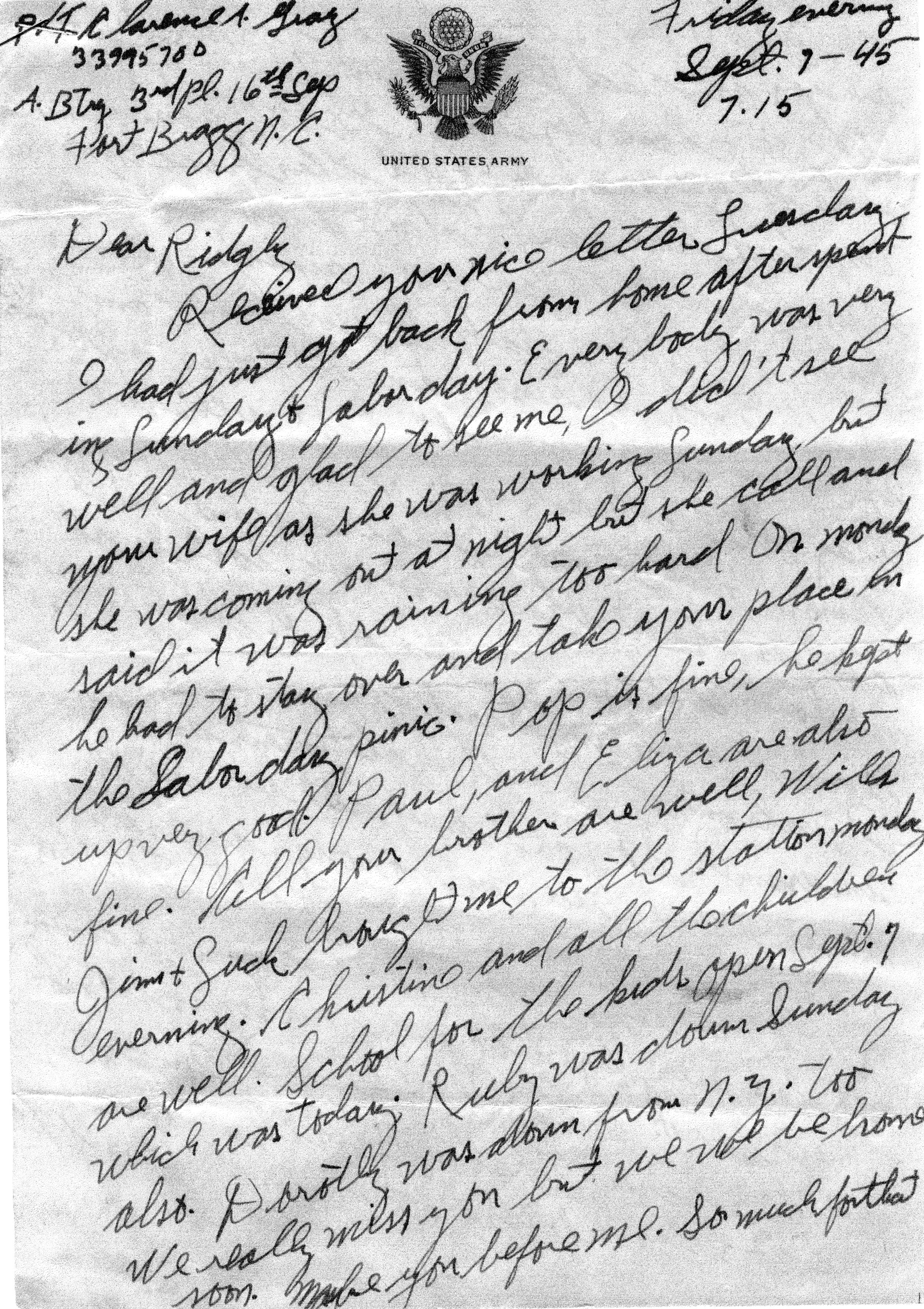
While in the army Clarence Gray writes to his brother also in service with news of home after a weekend leave.
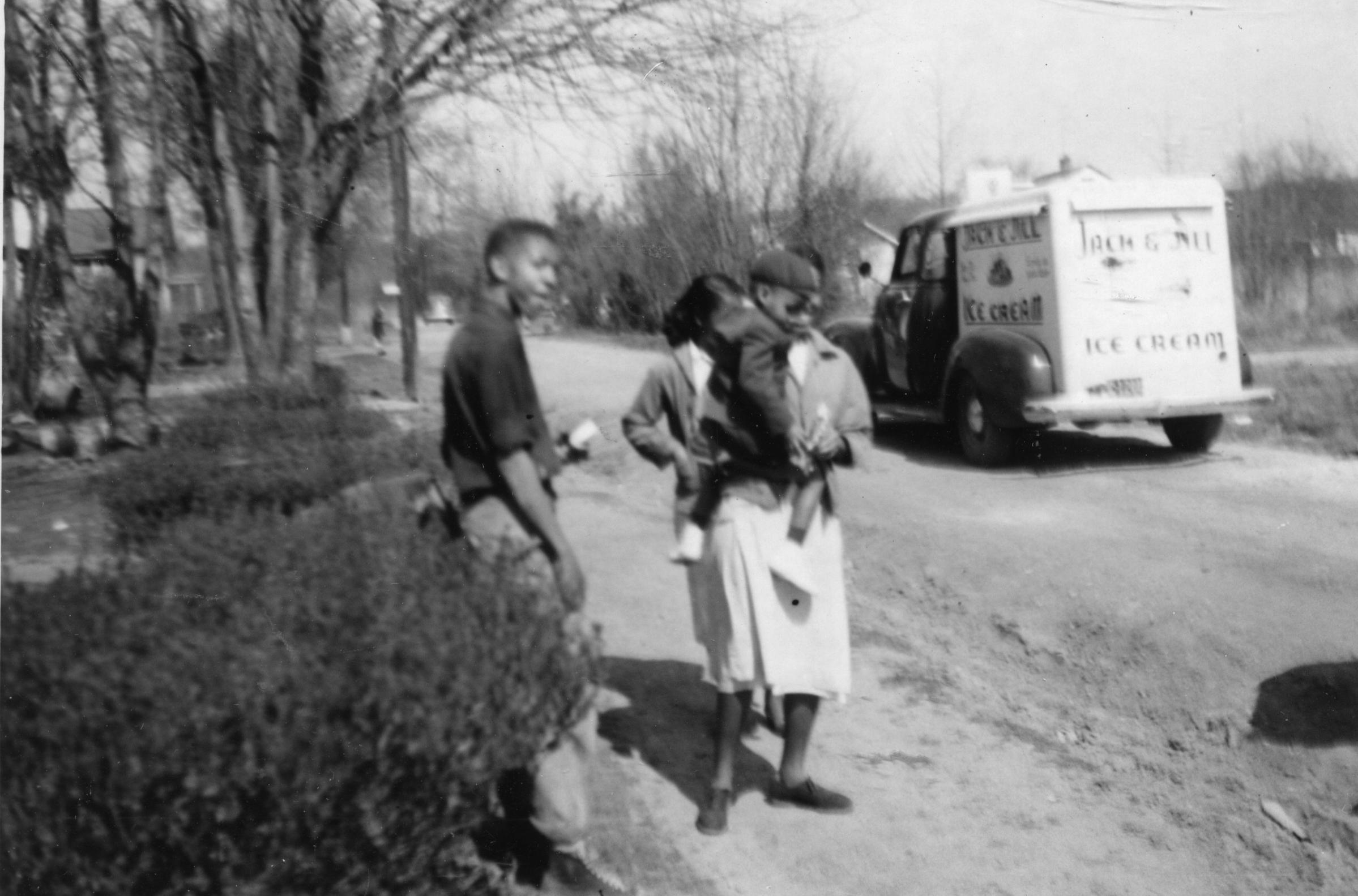
Baby Donald Weems on Navahoe Street with friends at Ice Cream Truck
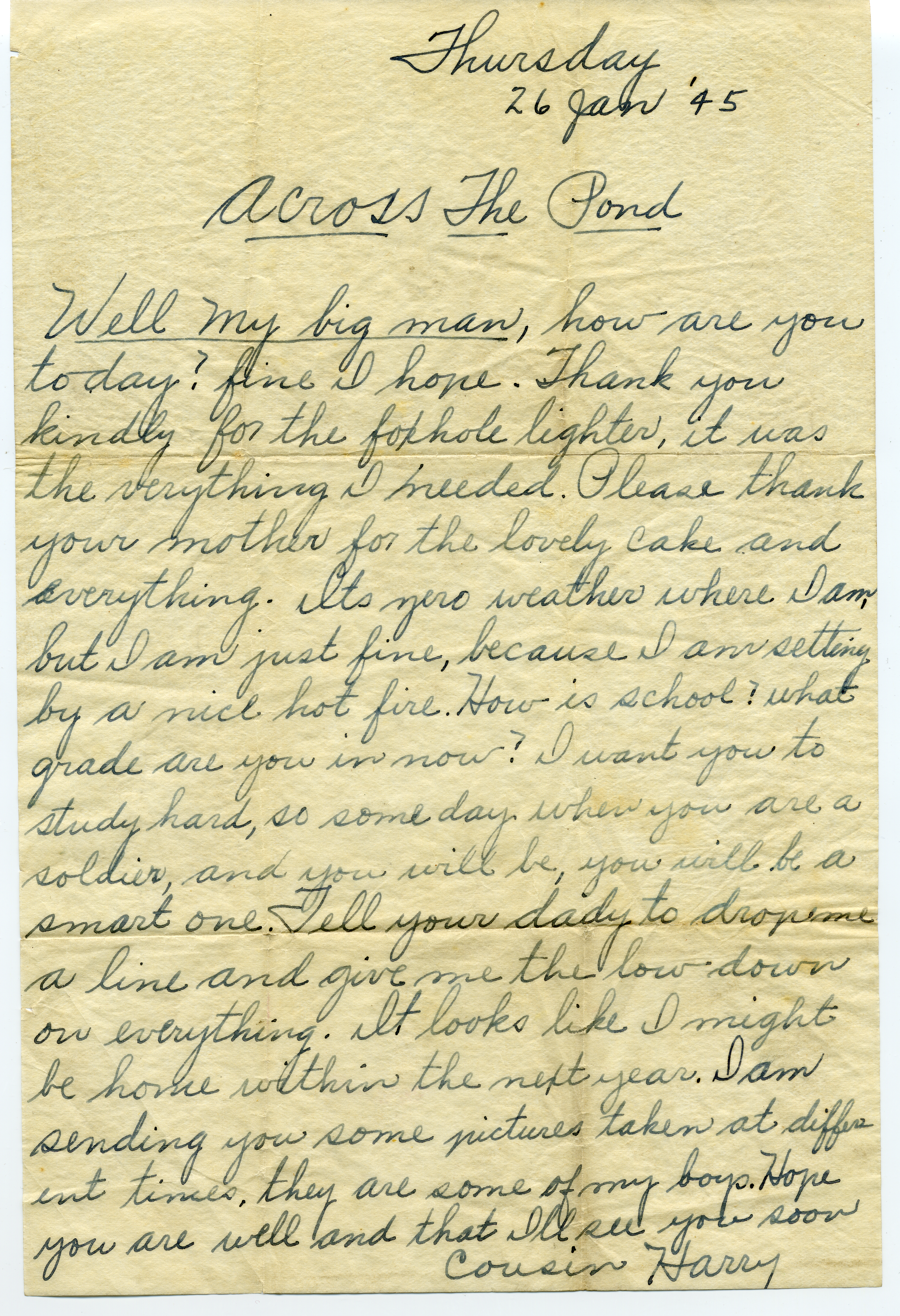
Letter from Harry Braxton Sr to godson, Elwood Gross in Lakeland written in Germany dated 1/26/45
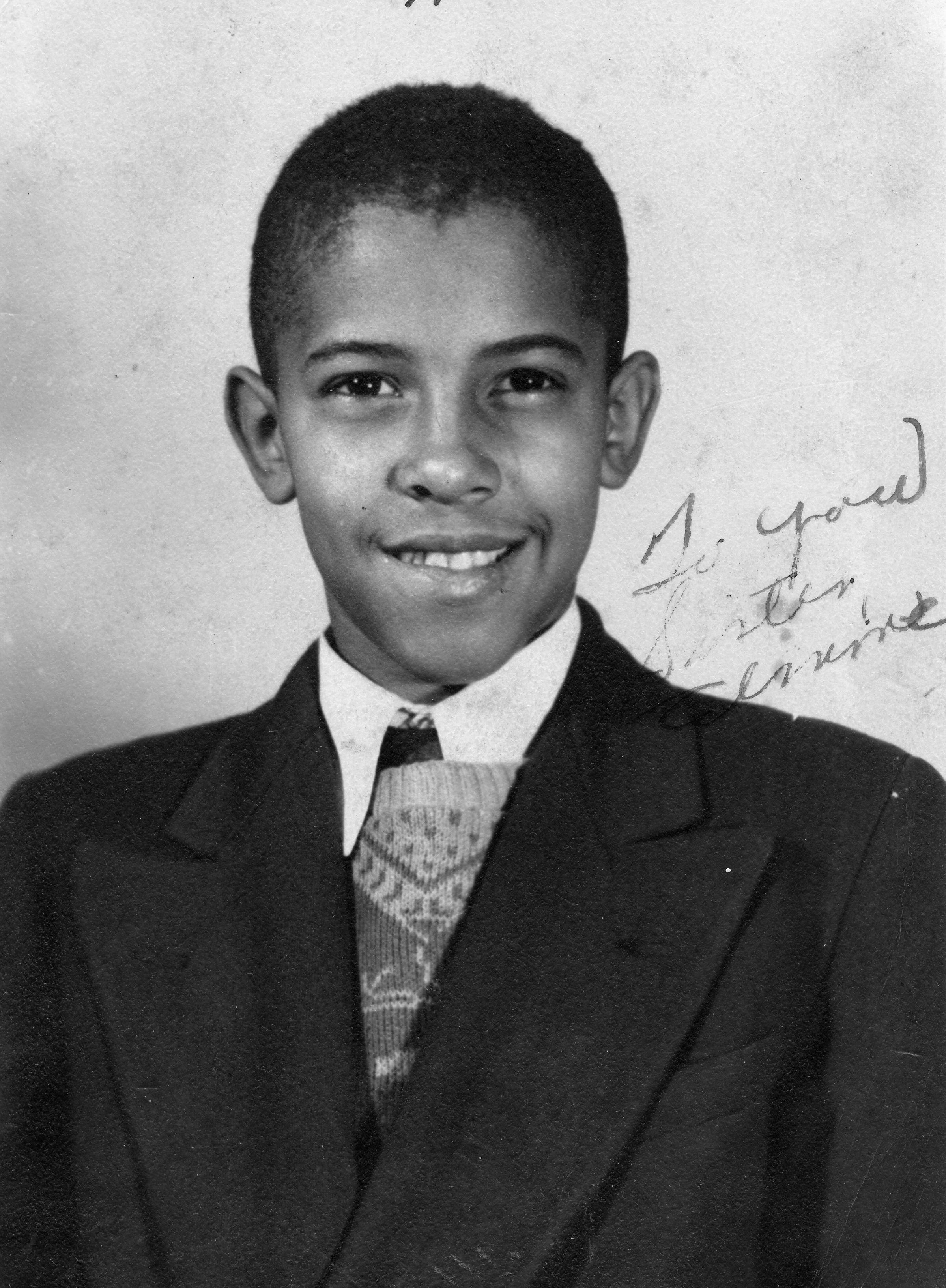

Wedding of William Sharps and Lucille Giles

Lakeland girls Ruby Briscoe and Gladys Conley jitterbug on a Newark, New Jersey, street in the 1940s. They were like many others who migrated to industrial cities for the plentiful jobs that were available during World War II. Briscoe, later Ruby Tynes, made New Jersey her home. Conley returned to Maryland and was a school teacher in St. Mary’s County. Both retained lifelong ties to their family and friends in Lakeland. (Courtesy of the Gray family.)
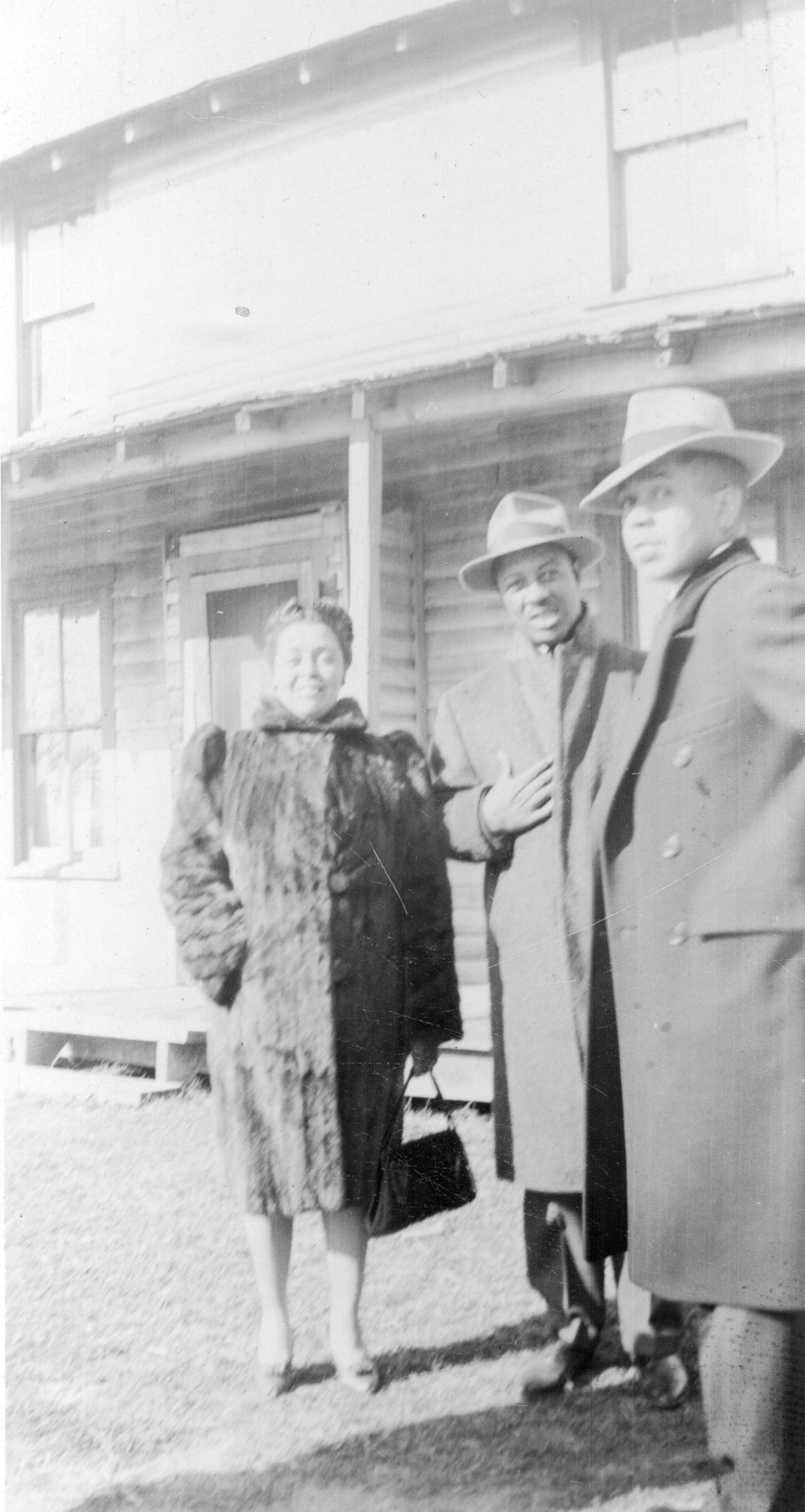
Theresa Cordave Walls, Billy Matthews and John Walls
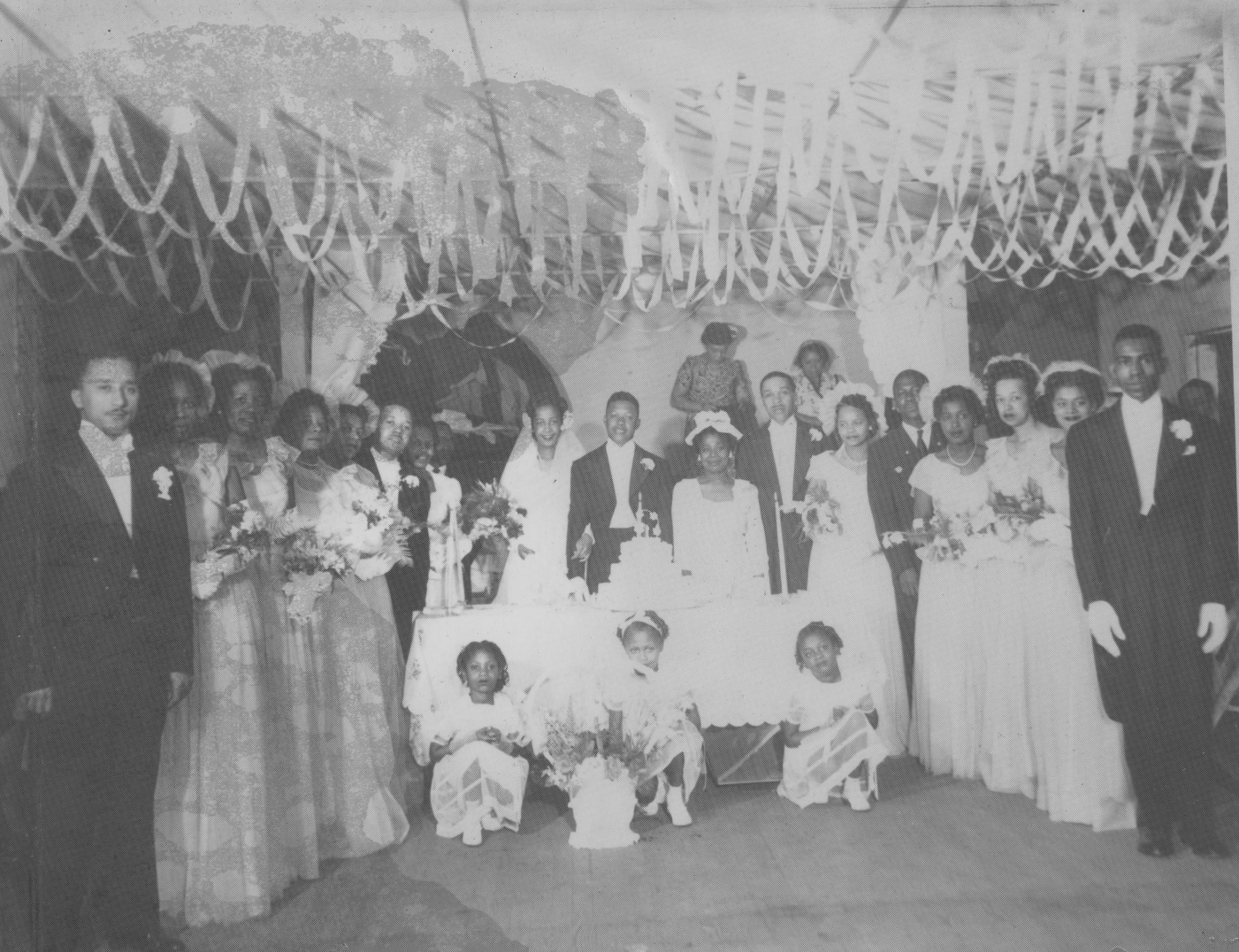
William Sharps of North Brentwood and Lucille Giles of Lakeland were married March 15, 1945, at Embry A.M.E Church. Rev. W. E. Mosley presided. The formal wedding reception was held at Lakeland Hall. Members of the wedding party include, from left to right, Harry Braxton, Evelyn Giles, Omega Giles, Blanche Sharps, Vera Matthews, Wallace Sharps, Mary Braxton, the bride, the groom, Lola Giles, George Walls, Cecilia Brooks, Robert Fields, Shirley Randall, Margaret Sharps, Cozette Johnson, and James Weems. The flower girls are (left to right) Patricia Barber, Shirley Tyner, and Edna Tyner.
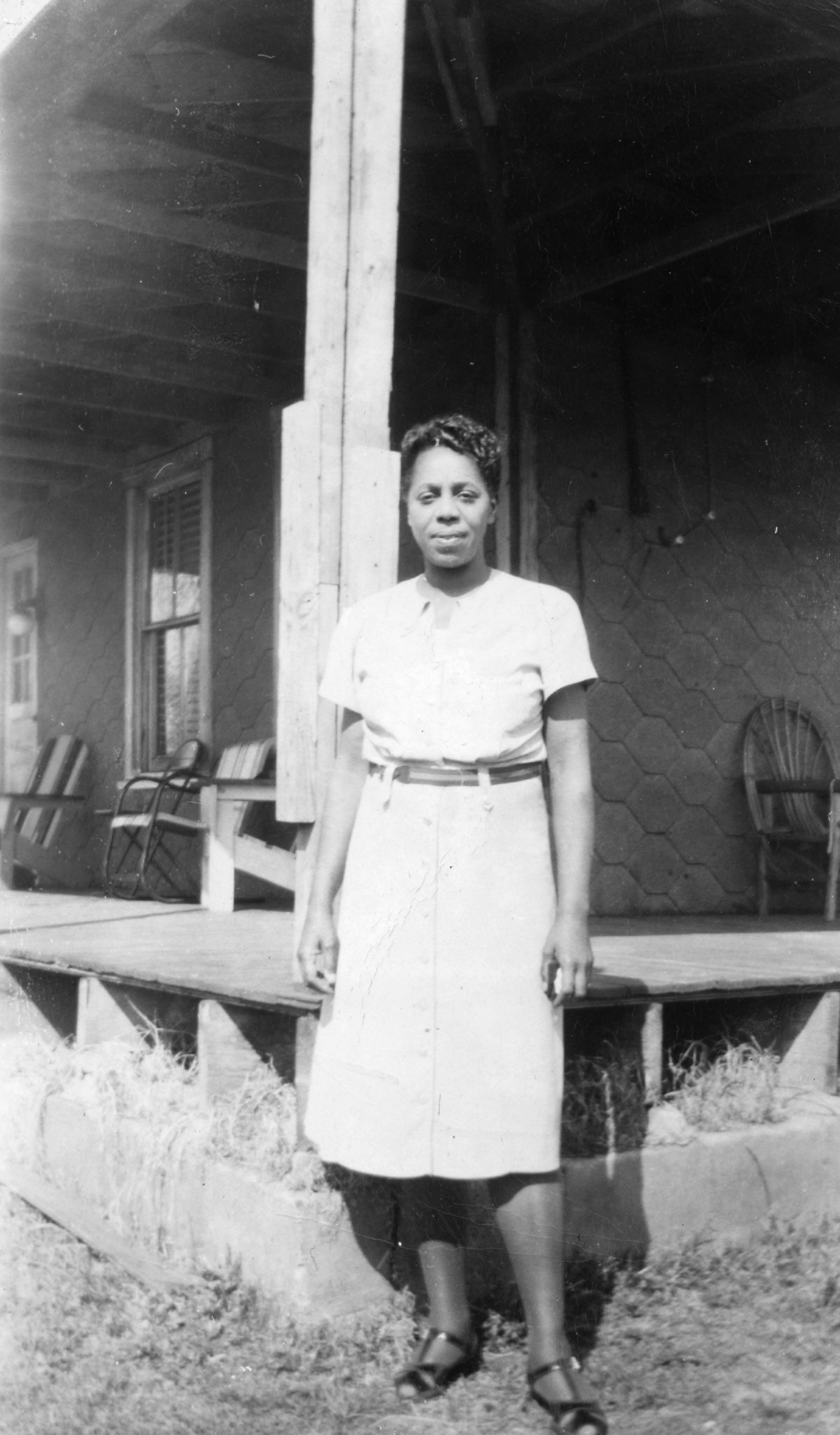
Mary Brooks Brewer likely at home in Lakeland

In eastern Lakeland Lived at Johnson house on Lakeland Rd